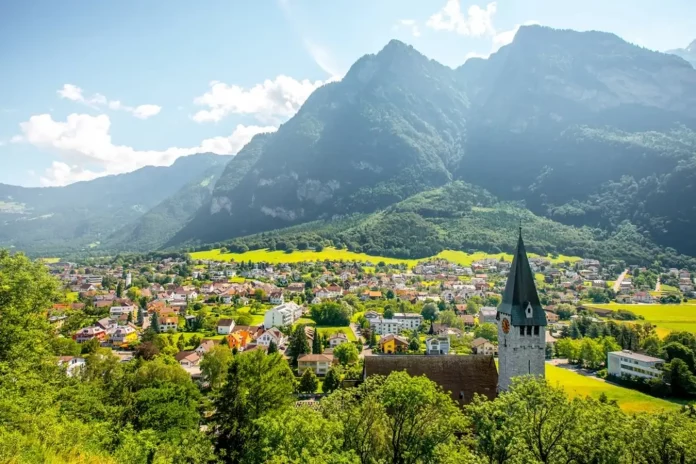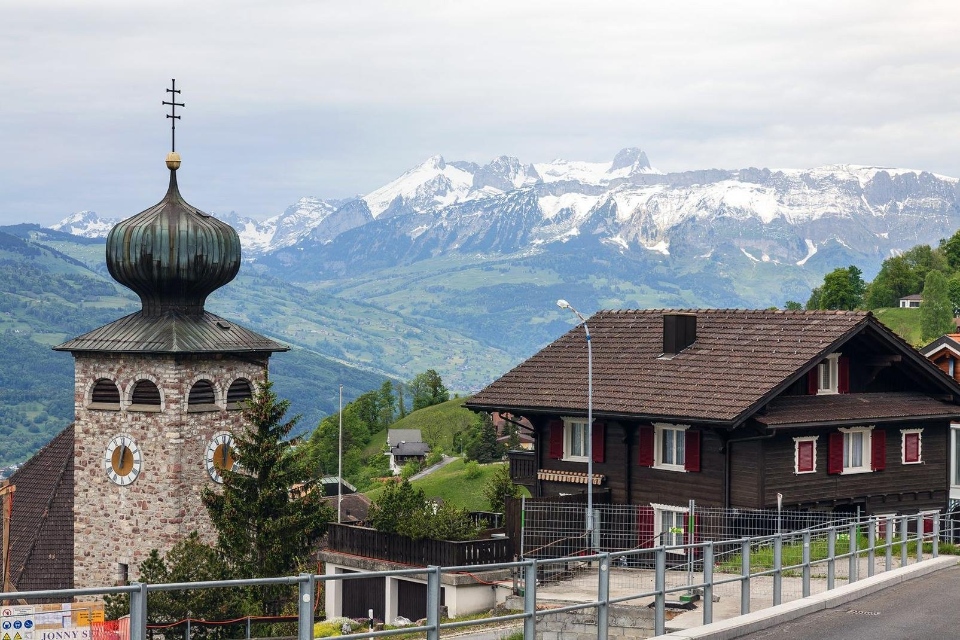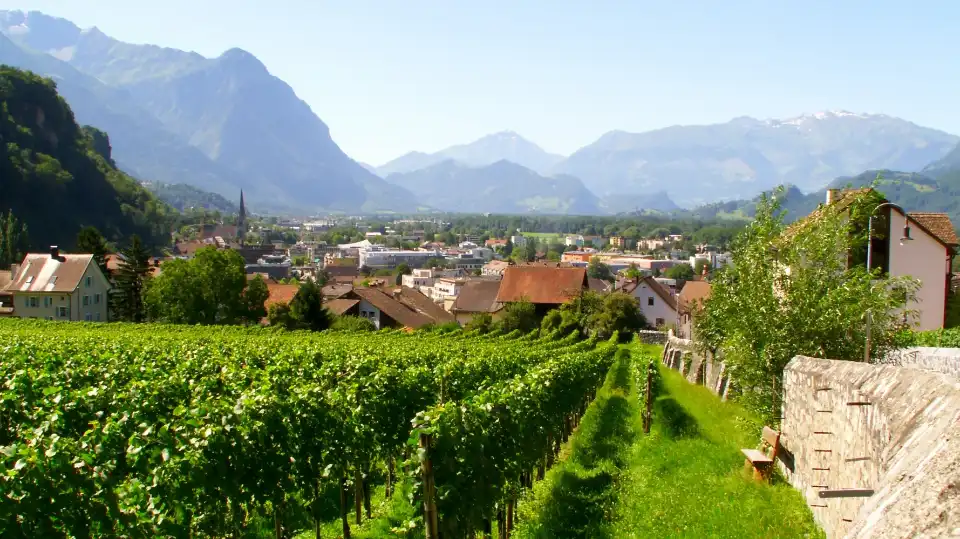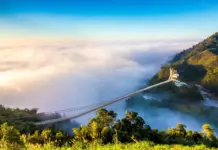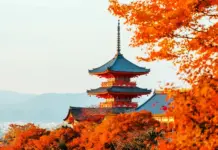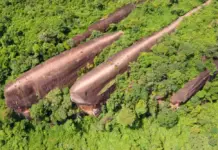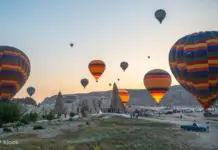Liechtenstein is a small principality in Europe, located between the borders of two countries, Switzerland and Austria. Nestled on the right bank of the Rhine, it is surrounded by dense forests and snow-capped peaks. Traveling to Liechtenstein, visitors seem to be lost in a medieval town with castles, Gothic churches. Blending with these unique architectural works are the mountains and green meadows.
- 7 days in Japan itinerary: Suggested 1 week in Japan itinerary for what to do in Japan for 7 days
- The ULTIMATE Uji travel guide: Top attractions, best things to do in Uji Kyoto, Tips & MORE
- Kyoto itinerary 5 days: How to spend 5 days in kyoto perfectly?
- Where to visit in Queenstown: 15 must see & best places to visit in Queenstown
- New York best museums: 15 most famous & must visit museums in New York
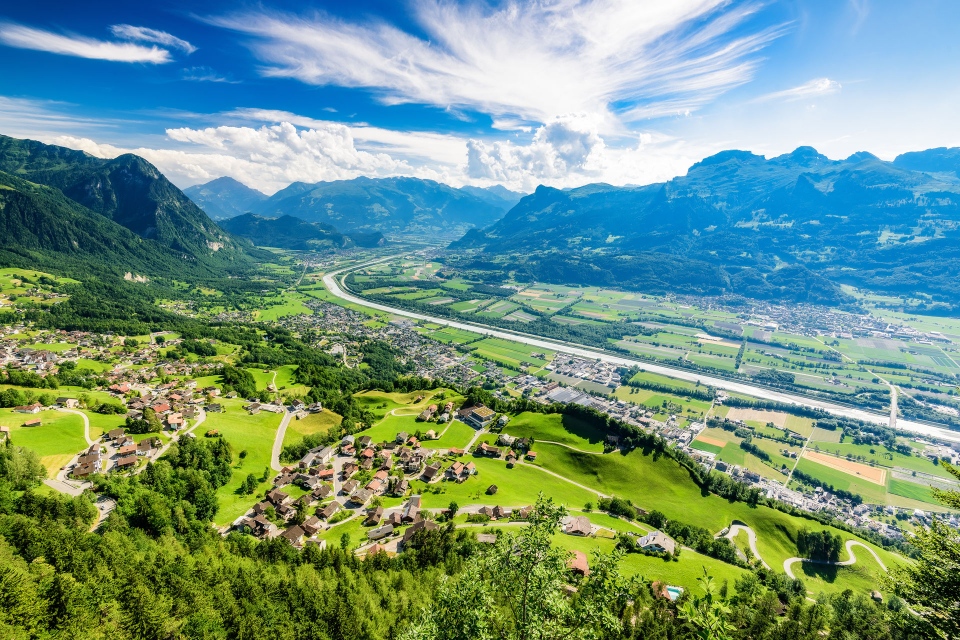
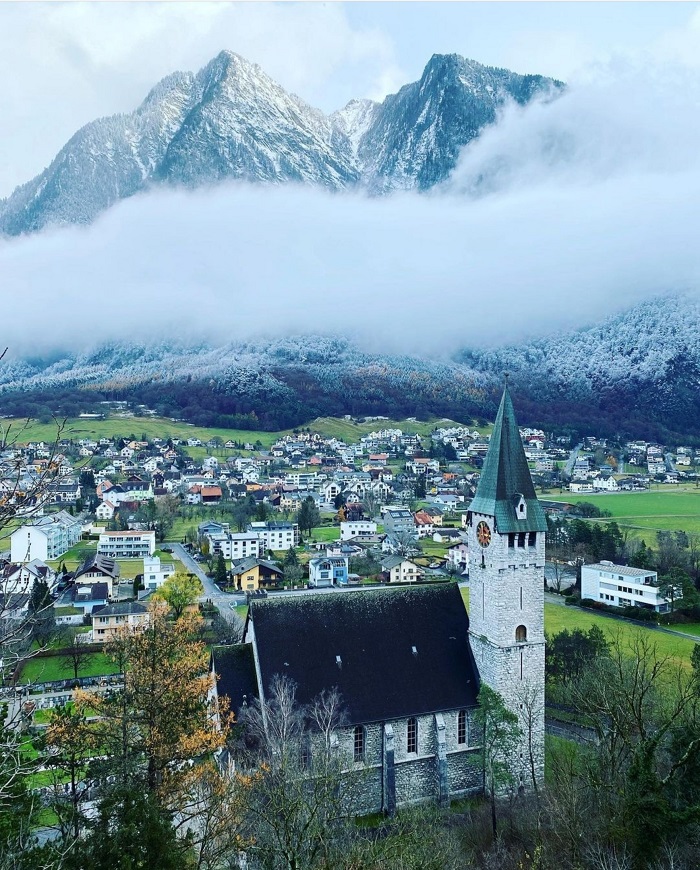
So, is Liechtenstein worth visiting, what to do in Liechtenstein and how to plan a budget trip to Liechtenstein for the first-time perfectly? Let’s check out our Liechtenstein travel blog (Liechtenstein blog) with the fullest Liechtenstein travel guide (guide to Liechtenstein, Liechtenstein tourist guide, Liechtenstein city guide, Liechtenstein guide) from how to get Liechtenstein, best places to visit, best time to come, what to eat as well as top things to do in Liechtenstein to help you maximize your trip as follows!

Thanks to its favorable geographical location, just turn to the North to see the grasslands of the South of France, to the West to see the legendary Alps and to the East to admire the impressive scenery of the rugged mountains of Austria. An attractive, interesting tourist destination with beautiful scenery that you must definitely explore when traveling to Europe.
Overview of Liechtenstein (#liechtenstein travel blog)
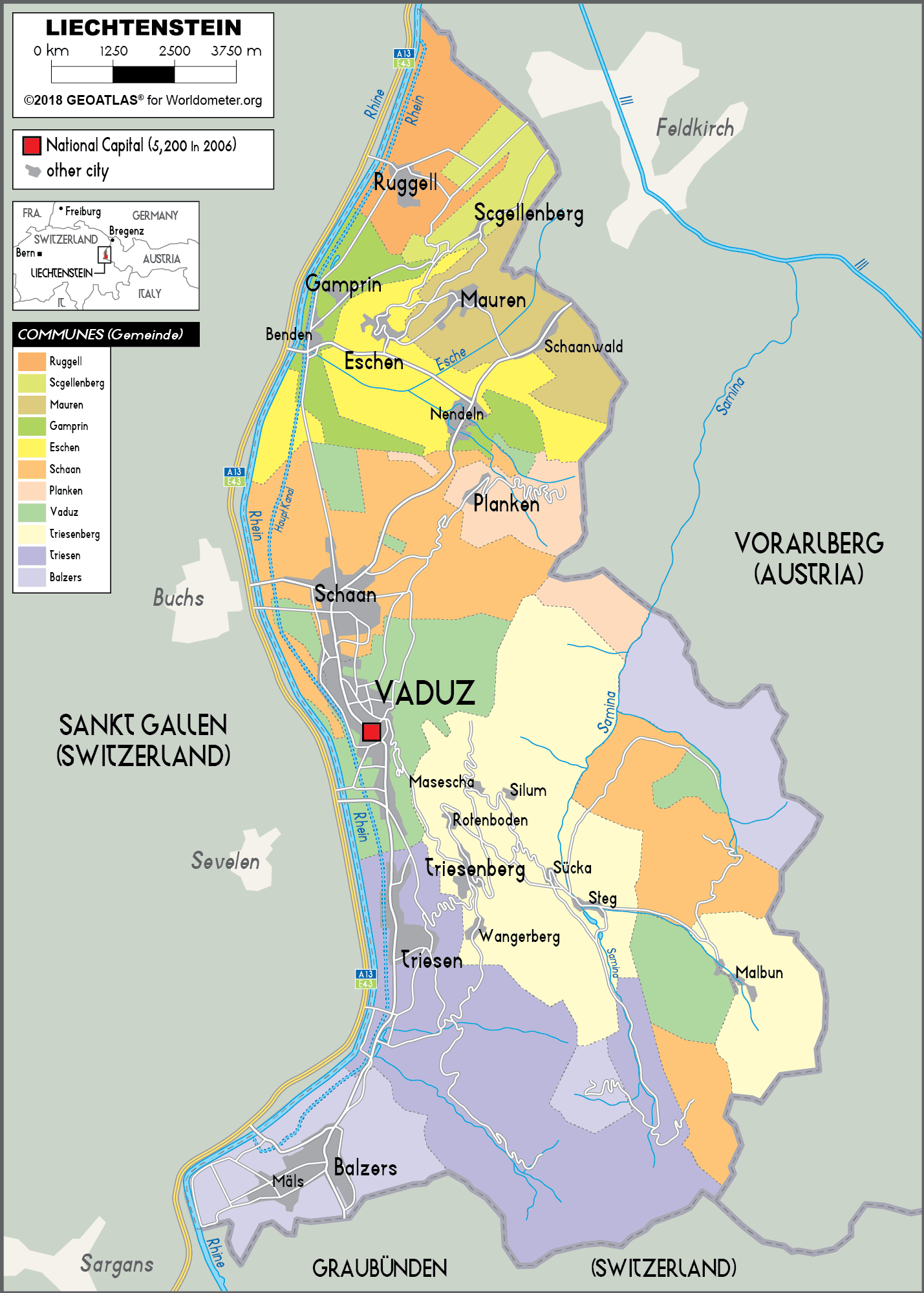
The Principality of Liechtenstein is a small landlocked country in the Upper River Rhine, between Austria to the east and Switzerland to the west. From north to south, the country is about 24 km long, with an area of 160 km², making it the sixth smallest independent country in the world with a population of nearly about 40,000 people.
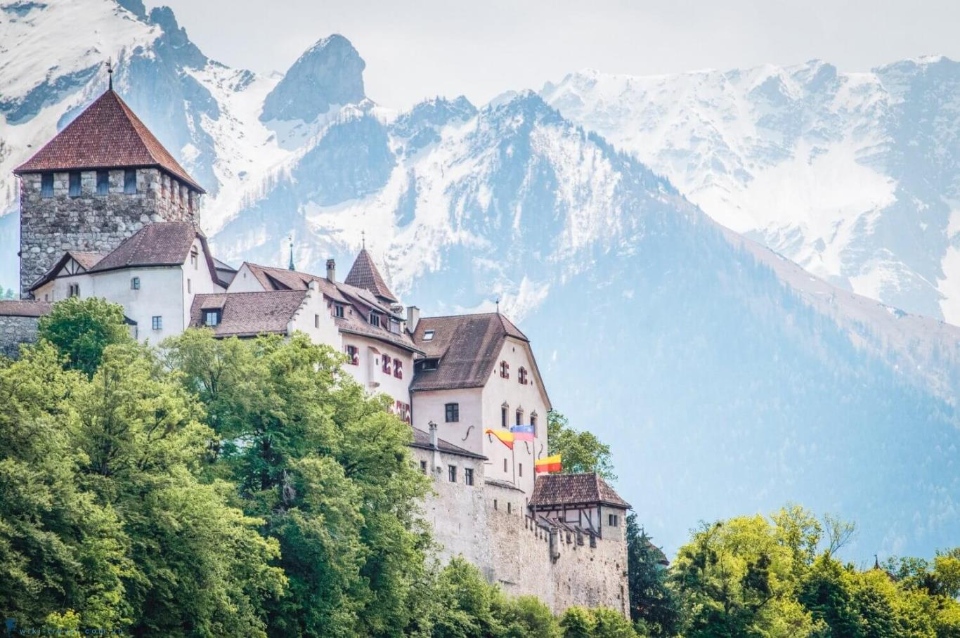
Despite its small size, there are countless reasons why you should not miss the opportunity to visit the beautiful country of Liechtenstein. Convenient location for traffic with other countries in Europe, peaceful and poetic natural scenery, magnificent ancient castles, impressive premium wines, etc. It will give you an unforgettable experience.
The Principality of Liechtenstein is a beautiful and prosperous country, ruled by Prince Hans-Adam II – one of the richest kings in the world. Possessing a modest size, the 4th smallest in Europe and the 6th smallest in the world, Liechtenstein is still a rich country, both financially and environmentally. It doesn’t have its own language, currency and airport, but it is still one of the top tourist attractions across Europe.
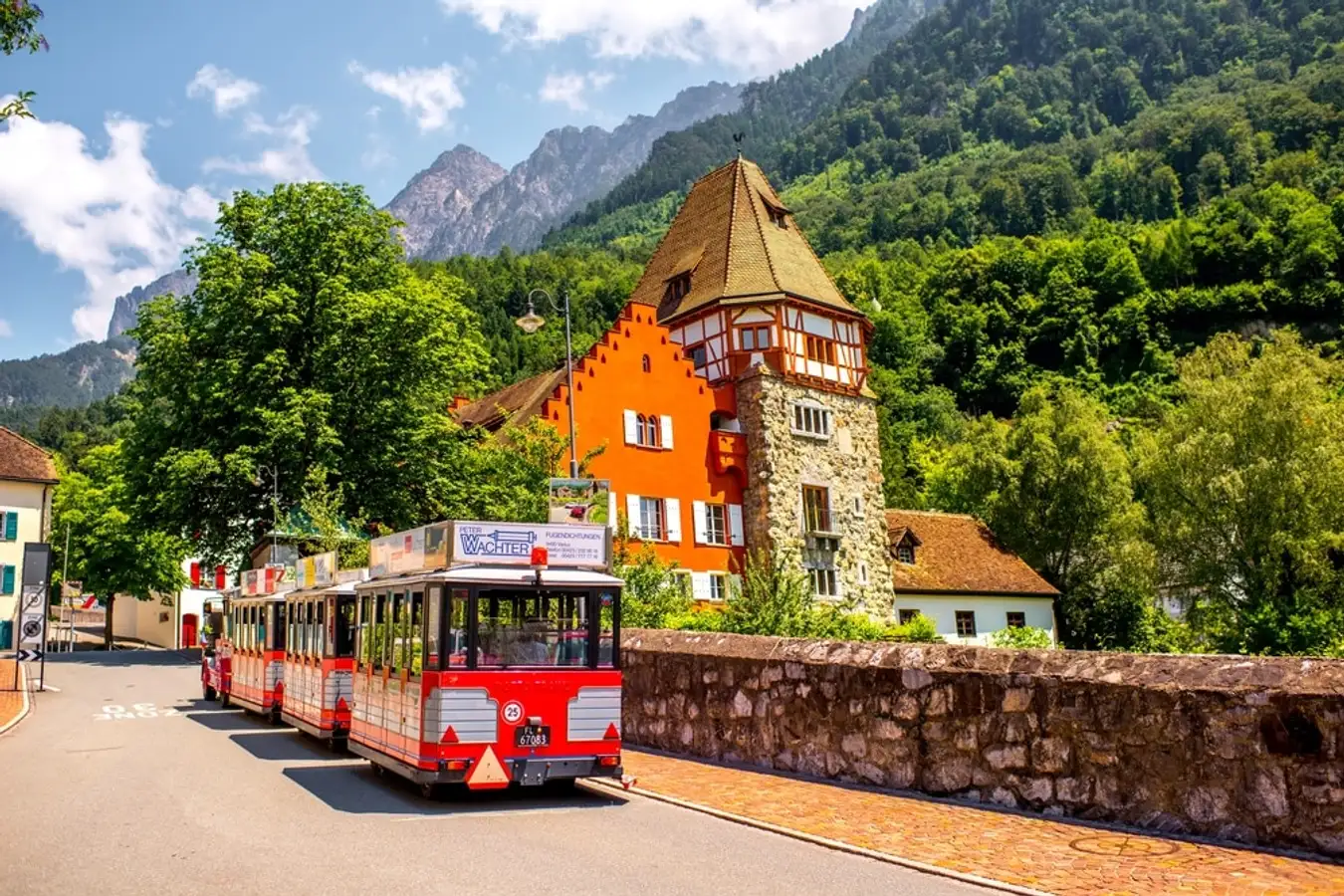
Liechtenstein tourism offers visitors interesting experiences, especially outdoor sightseeing and exploration activities. Coming here, you will have to admire the majestic Alps, lovely villages, wonderful cuisine and friendly indigenous people. In addition, the principality of Liechtenstein is also a paradise for winter sports.
Languages spoken here include German, French, Turkish, Italian and English. However, the most spoken language in Liechtenstein is still German. You also do not need to worry too much because most people in the tourism industry speak and understand English very well.

When is the best time to travel to Liechtenstein? (#liechtenstein blog)
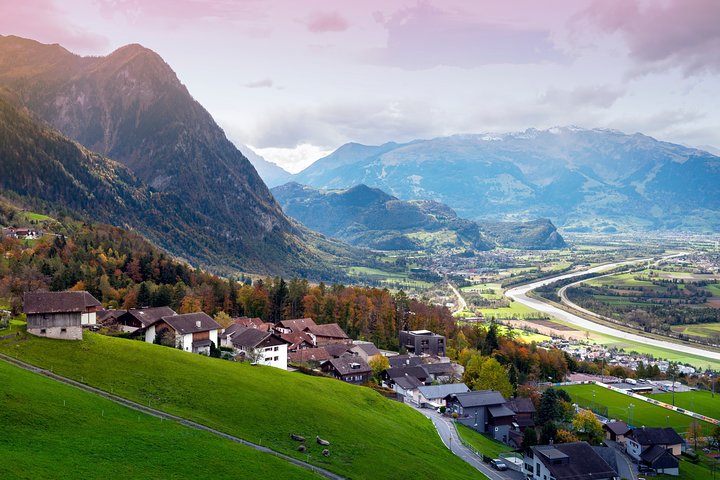
The best time to visit this principality is from May to the end of September every year. At this time, the weather is quite mild, the day is warm, the night is very cool. In contrast, the weather in mountainous areas is more erratic, with occasional rain and thunderstorms. Therefore, before heading on the road, visitors should learn about the climate characteristics of the place they are going to.
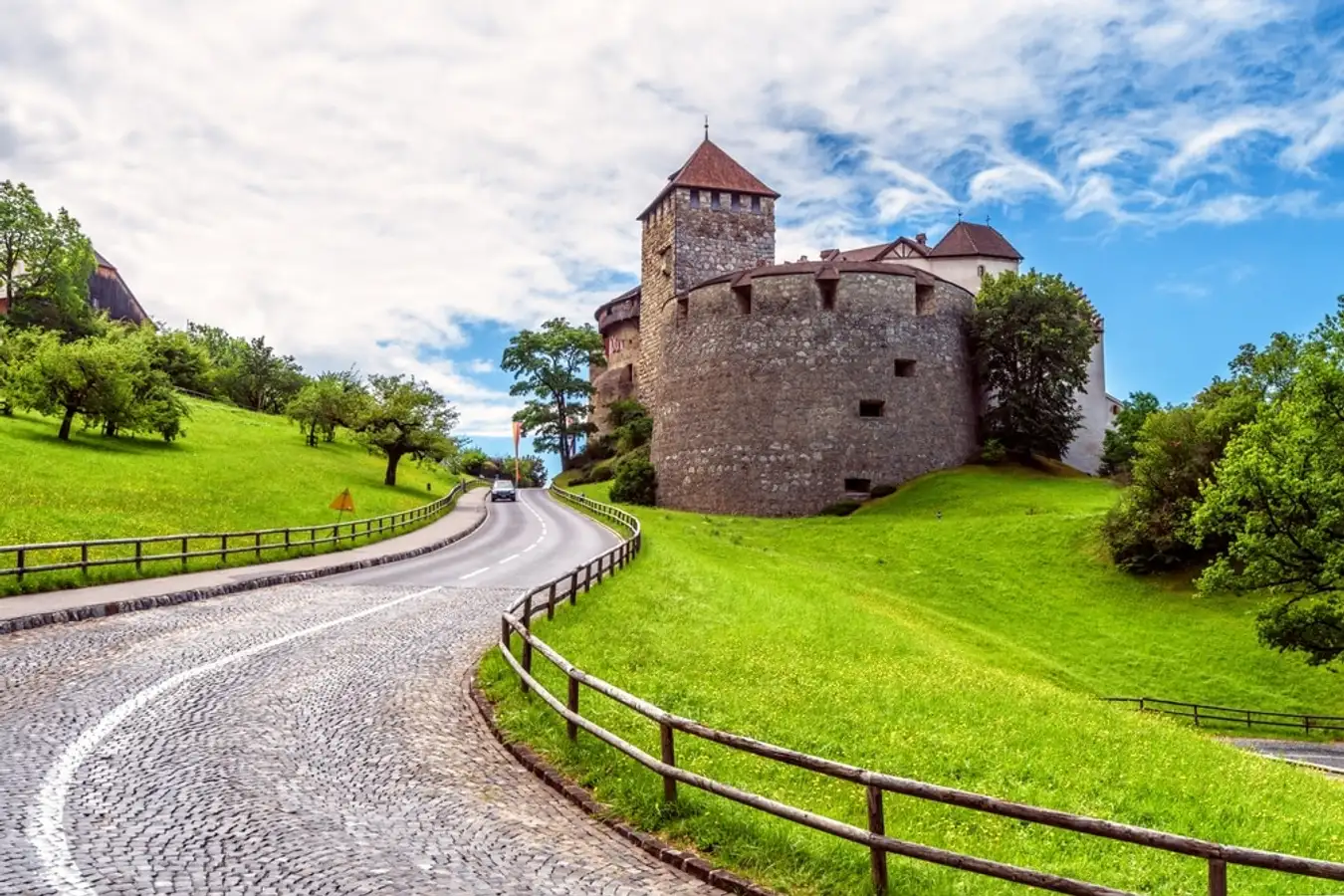
If your stopover is the city of Vaduz, you should go in the period from June to August. The weather is extremely pleasant at this time, the amount of rain also gradually decreases. July is the month with the highest average temperature, about 24 degrees Celsius, the lowest is in January, around 4 degrees Celsius.
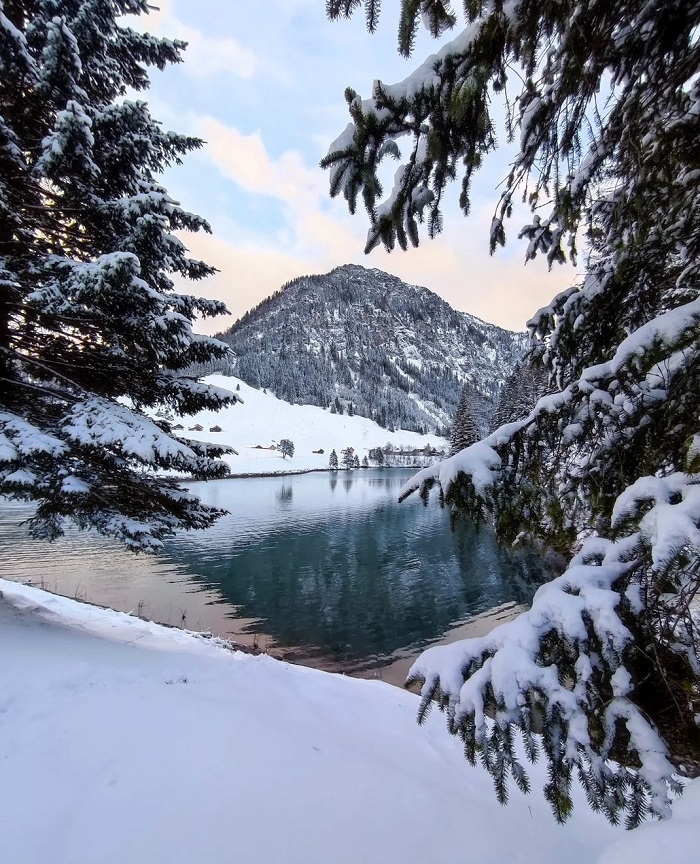
Unique festivals and events in Liechtenstein (#liechtenstein blog)
Liechtenstein is home to some of the best events and celebrations in Europe. Coming to Liechtenstein, visitors will have the opportunity to participate in the following interesting activities:
Operettas
Liechtenstein Operettas is an opera celebration held in the town of Vadus/Balzers. The program lasts for 3 months, running from late January to mid-March.
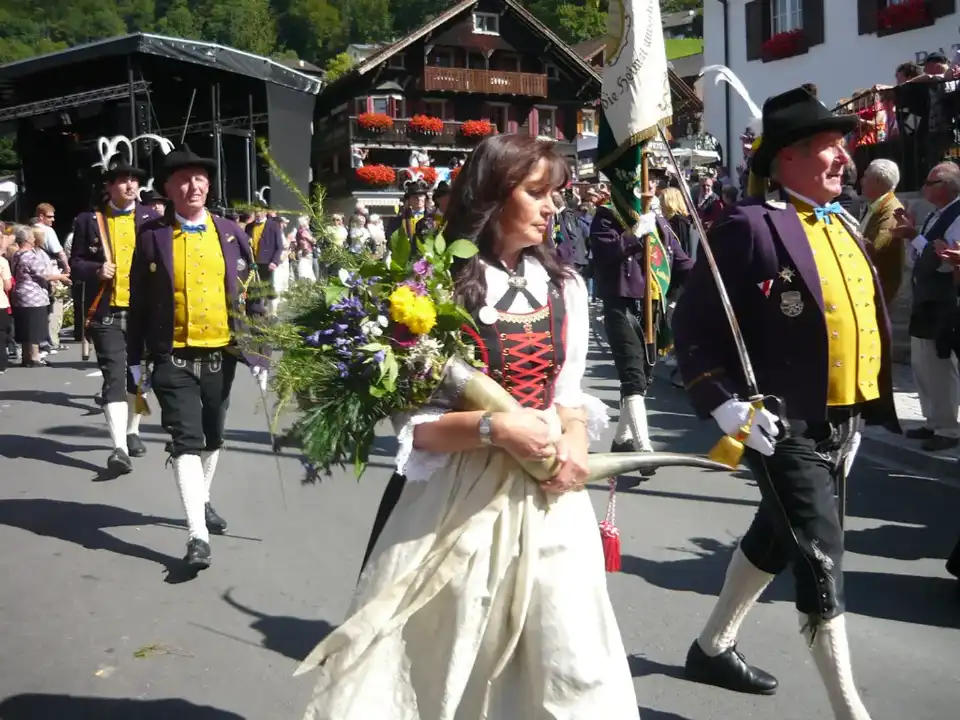
Monster Concert
Monster is Schaan town’s lively carnival and concert program. This festival has been around since 1959, lasting throughout March.
Triesenberg Spring Festival
The Triesenberg Festival, which takes place at the end of March, is the event that marks the return of spring. During this festival, visitors will listen to immortal melodies from the music of Bach, Telemann or Wendling.
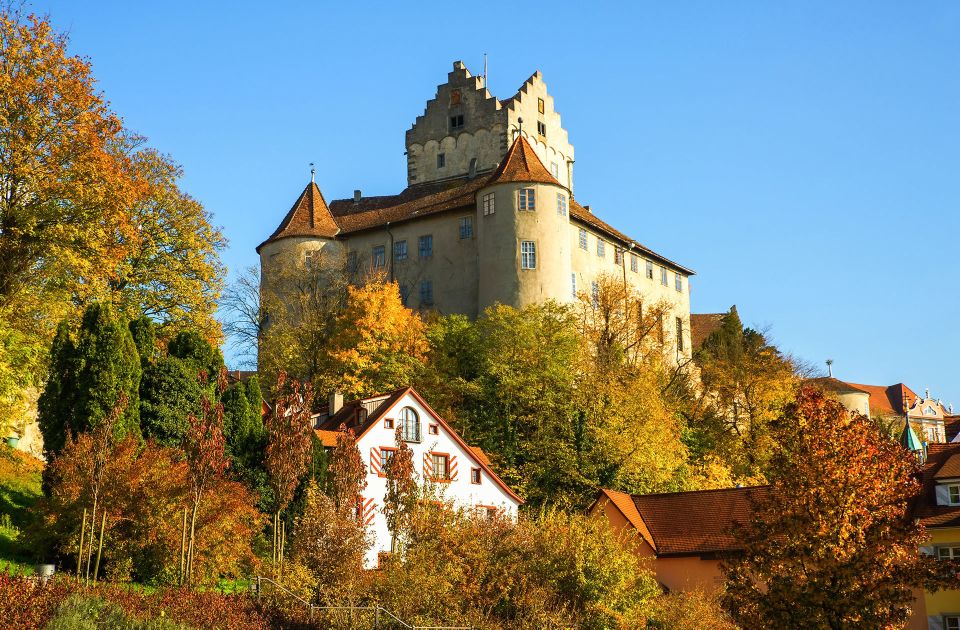
How to get to Liechtenstein? (#liechtenstein travel guide)
The Principality of Liechtenstein is located in a prime location, bordering Austria and Switzerland, convenient for traveling between countries in the European region. To travel to Liechtenstein, visitors must visit one of the countries such as Switzerland, Austria, Germany or France. However, the most convenient way is still to depart from Zurich (Switzerland) with a distance of only 80 km.
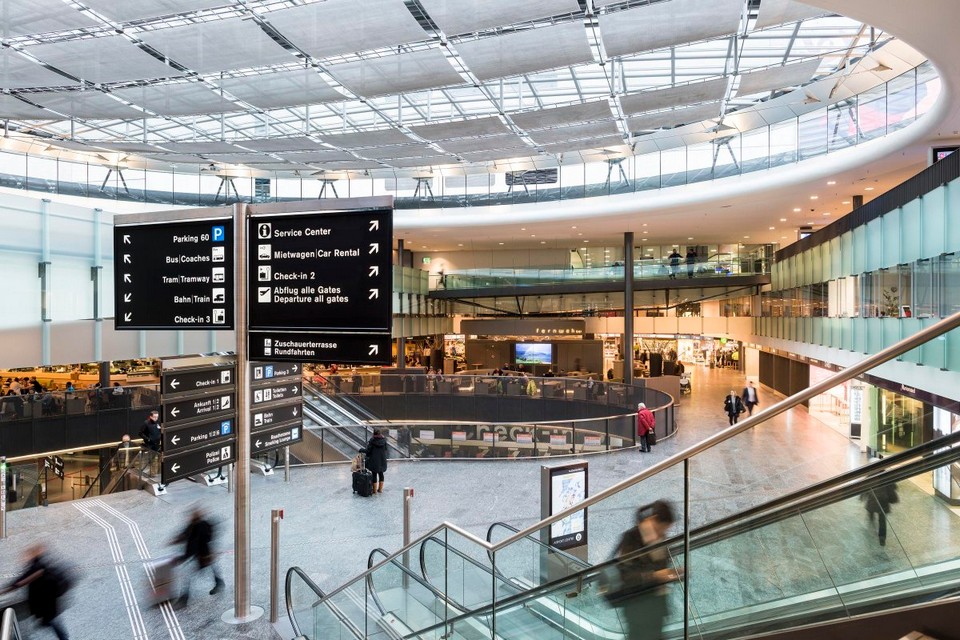
Vietnam flights to Zurich are currently operated by reputable airlines. This journey will depart from Hanoi, Ho Chi Minh City or Danang, the landing point is Zurich International Airport, transit at 1-2 stops. Flight time is from 14-40 hours, depending on transit time.
If you depart from other cities you can access Google Flights, Kayak, Skyscanner to hunt cheap tickets as well as finding best routes.
After arriving in Zurich, you can move on by the following means of transport:
Car
From Zurich to Liechtenstein it only takes about an hour, you can use the A3 motorway to Sargans. To travel on this highway, you must have a Vignette card. Because there is no customs at the border of Switzerland and Liechtenstein, if you want to stamp your passport as a souvenir, you have to go to the Stamp Museum, the fee for a stamp is 3 Euros.
Train
With the train system linking European countries, the travel of tourists will become simpler than ever. If you want to get to Liechtenstein by train, you can go to Sargans or Buchs (Switzerland) to catch the train.
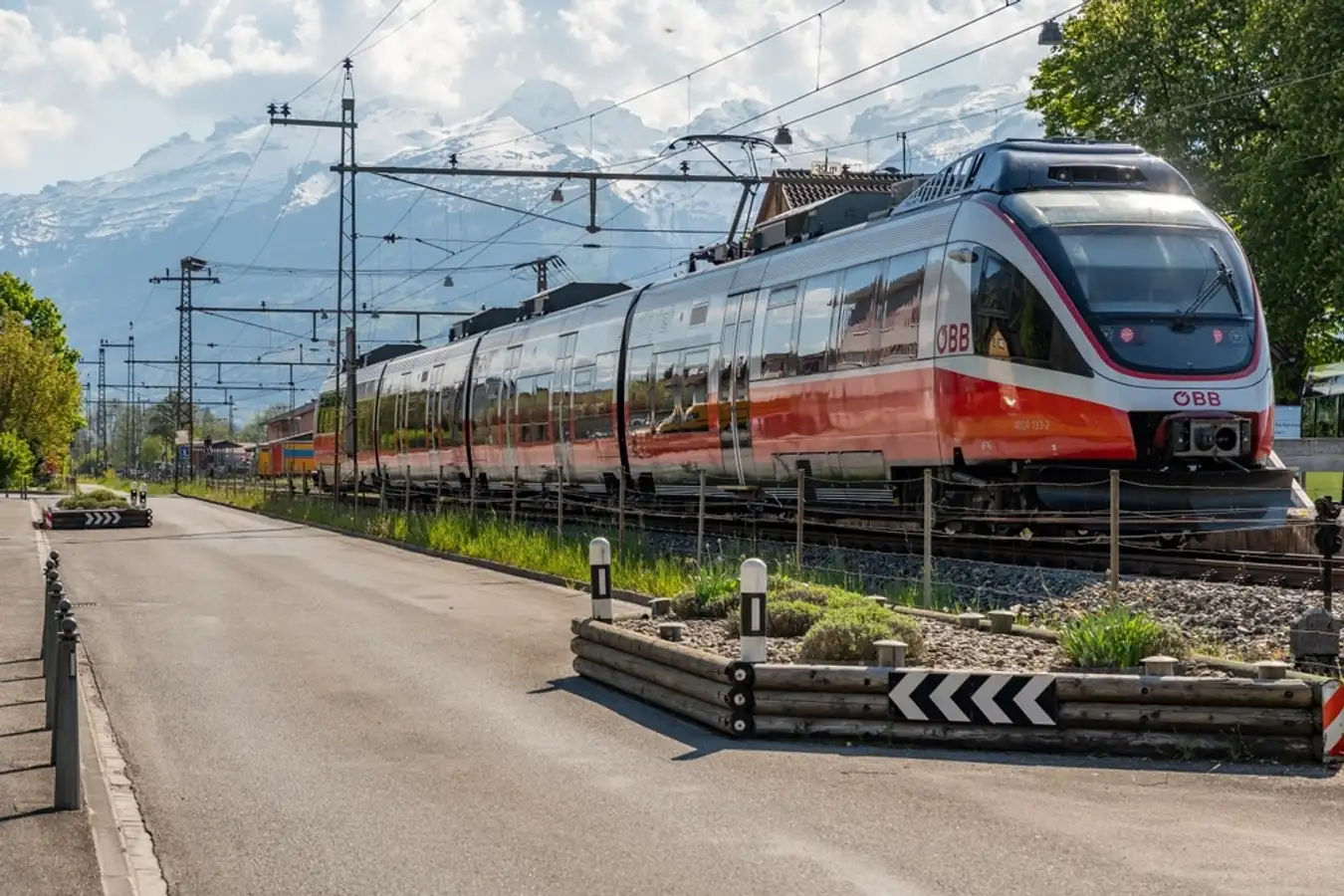
Bus (#liechtenstein travel blog)
The all-European intercity bus system called Flixbus has a stop in Feldkirch (Austria). From this stop you can reach Liechtenstein by other types of public transport.
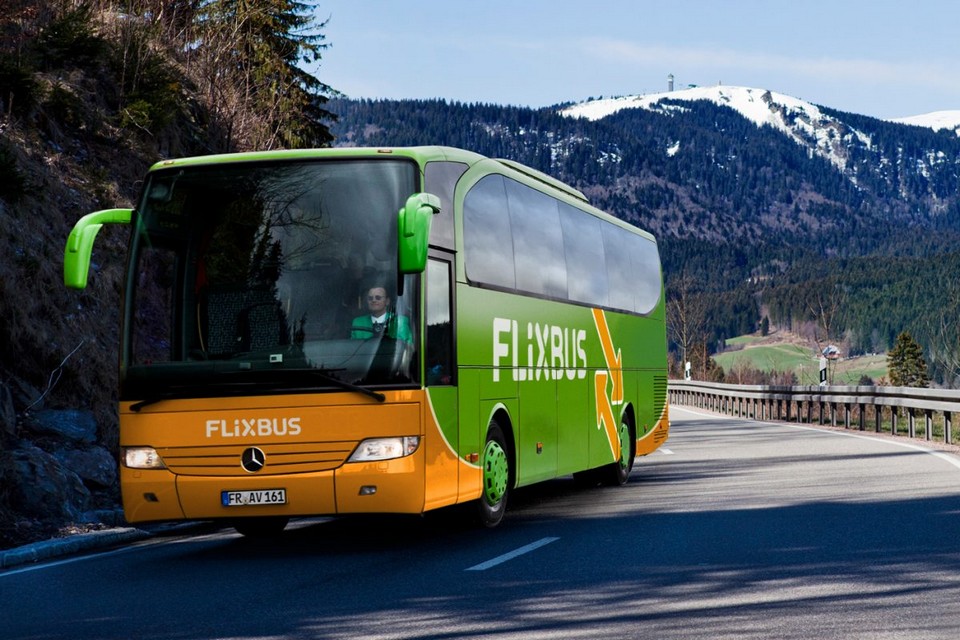
Getting around Liechtenstein
Transport in Liechtenstein is very convenient with a dense density of highways, train stations and airports linking to the whole of Europe, in addition to a smart public transport network that is convenient for the travel of tourists.
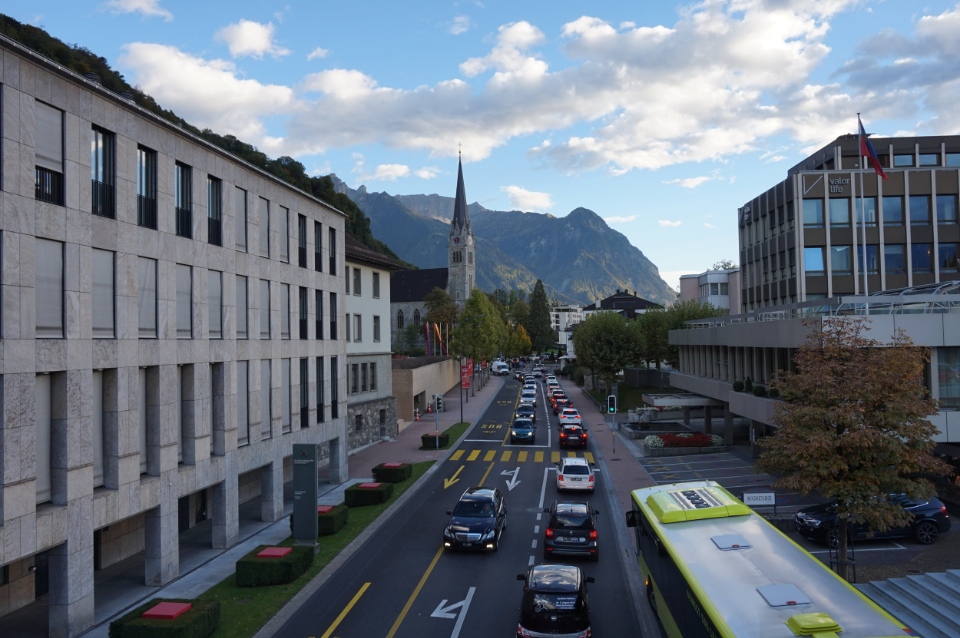
Where to stay in Liechtenstein?
Compared to the common standard in European countries, the cost of a trip in Liechtenstein is somewhat more expensive. In which, the rent of the accommodation occupies a large amount. The room rates here have an average price of 100 USD/night.
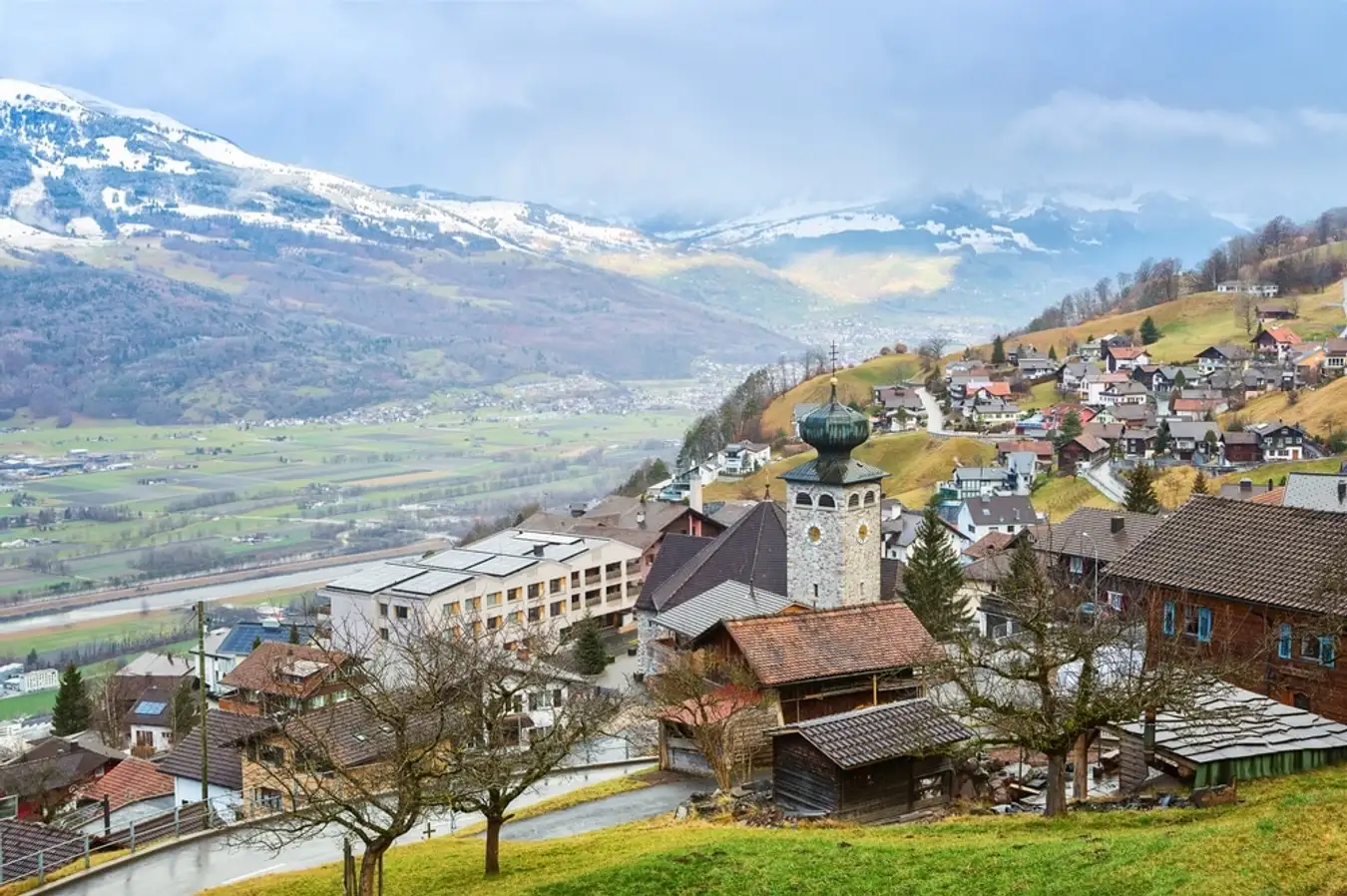
Below we recommend more best budget, mid-range and upscale hotels with good ratings and reviews you can refer to.
- Park Hotel Sonnenhof (Agoda, Booking)
- Hotel Restaurant Kulm (Agoda, Booking)
- Hotel Schatzmann (Agoda, Booking)
- Landhaus am Giessen (Agoda, Booking)
- Residence Hotel (Agoda, Booking)
- Hotel Oberland (Agoda, Booking)
- JUFA Hotel Malbun (Agoda, Booking)
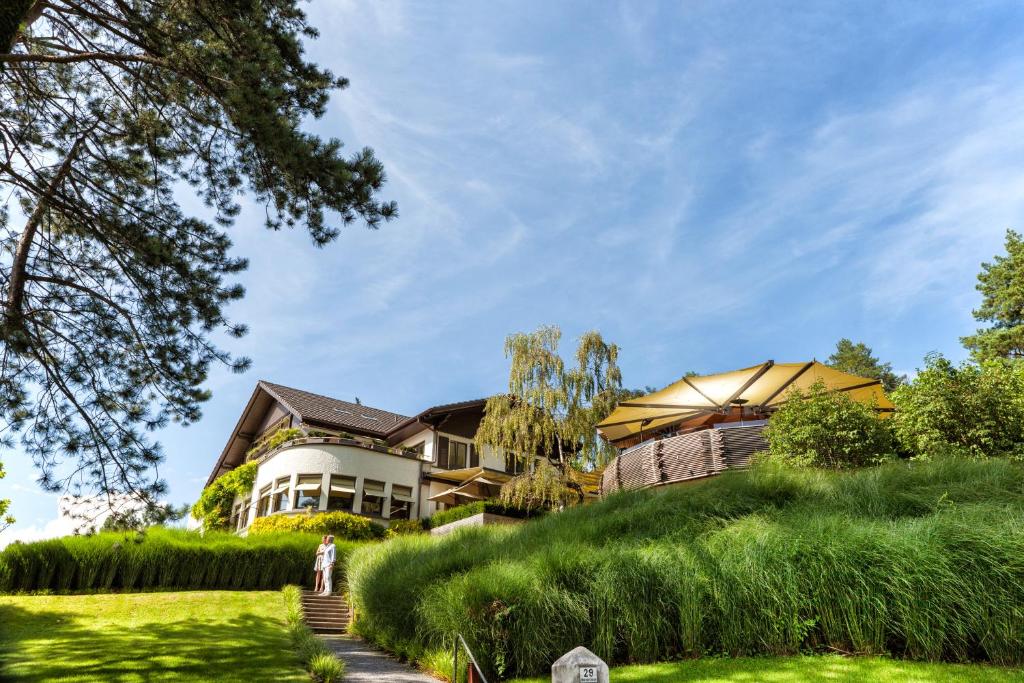
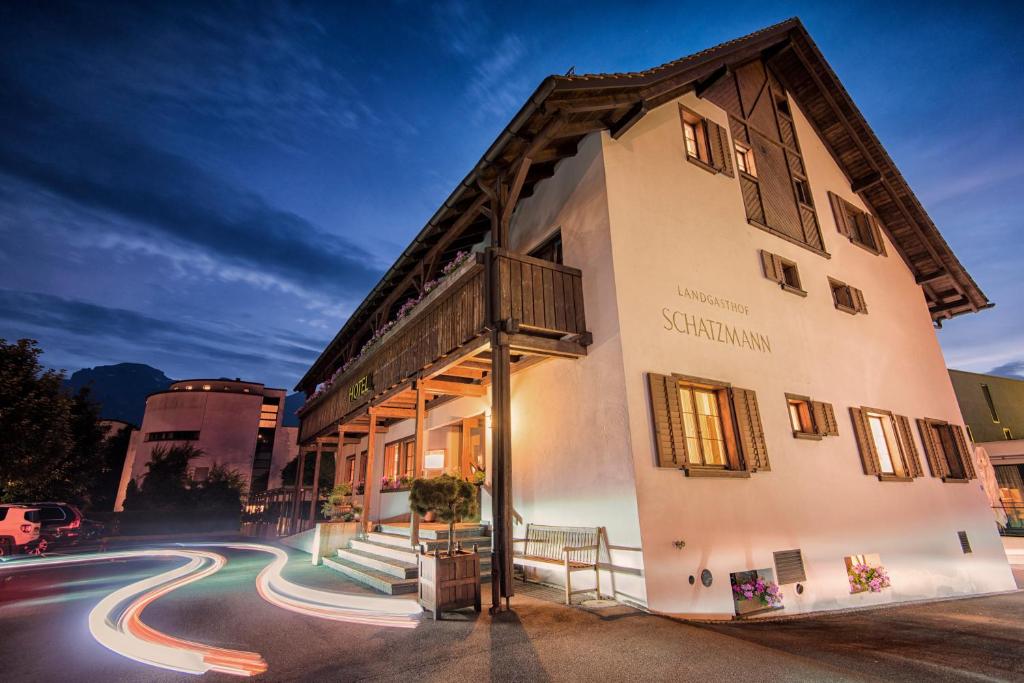
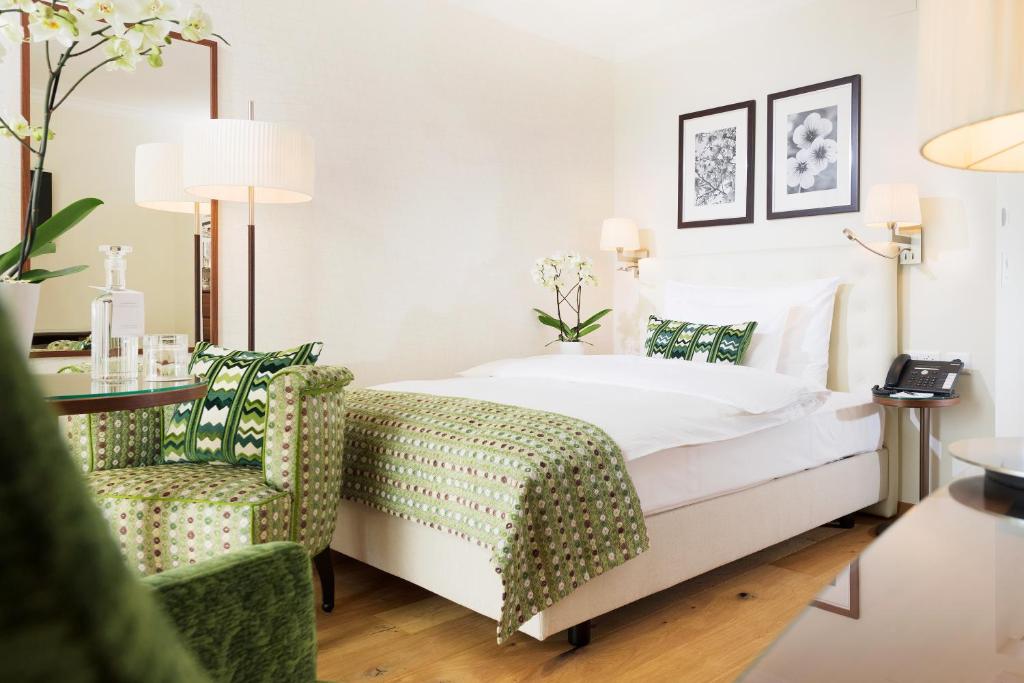
Check out more top and best hotels in Liechtenstein on Agoda.com or Booking.com
Where to go and what to do in Liechtenstein? (#is liechtenstein worth visiting)
Although only a small country with a modest area, Liechtenstein is still the dream of every believer who likes to “travel”. Traveling to Liechtenstein, do not miss the following destinations:
The beautiful capital of Vaduz (#liechtenstein travel guide)
Vaduz is known as one of the most peaceful capitals in the world. Unlike other epic capital cities in Europe, this city does not have modern skyscrapers or large streets crowded with cars. Vaduz impresses visitors with ancient houses lining the streets, majestic high mountains hidden in the distance.
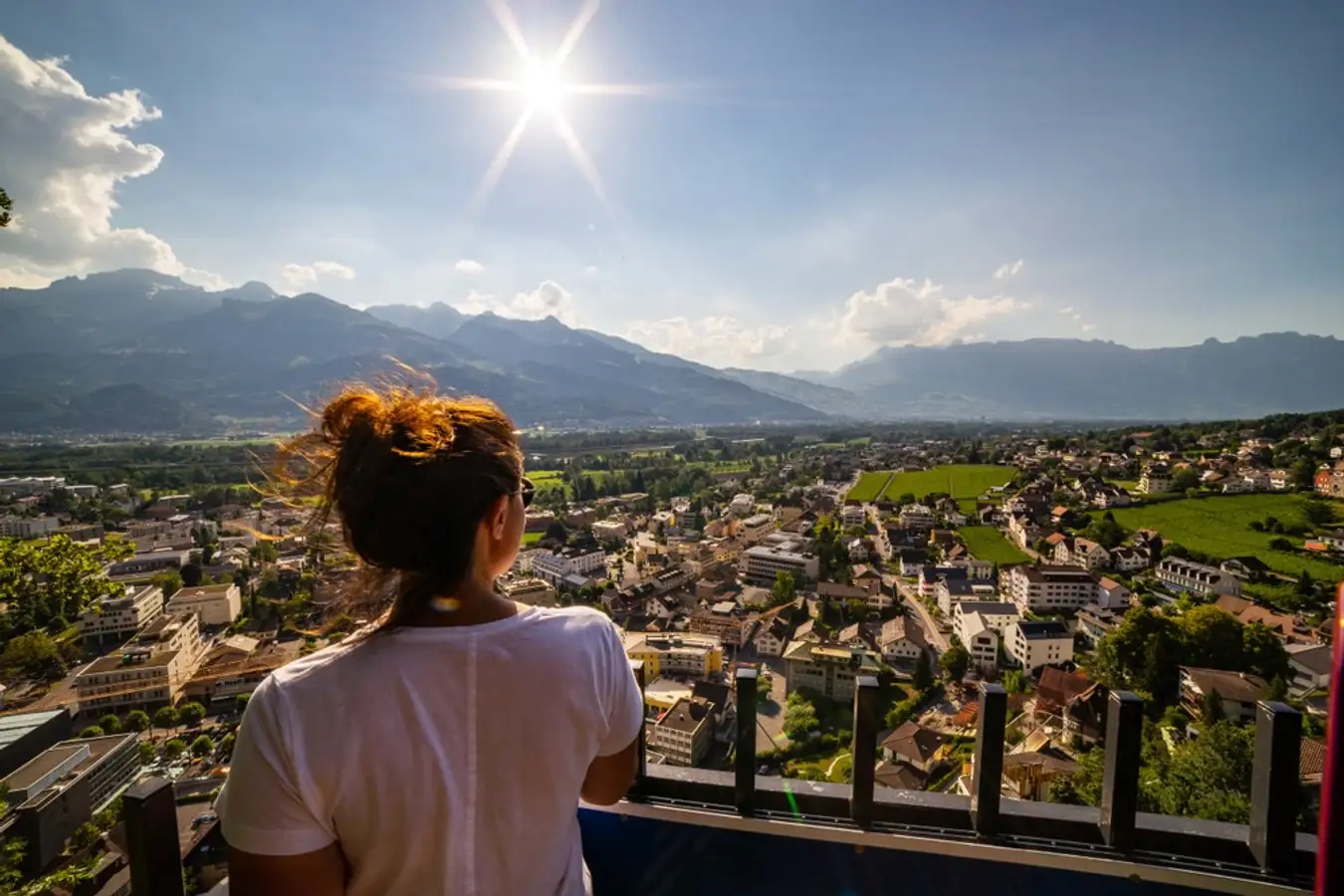
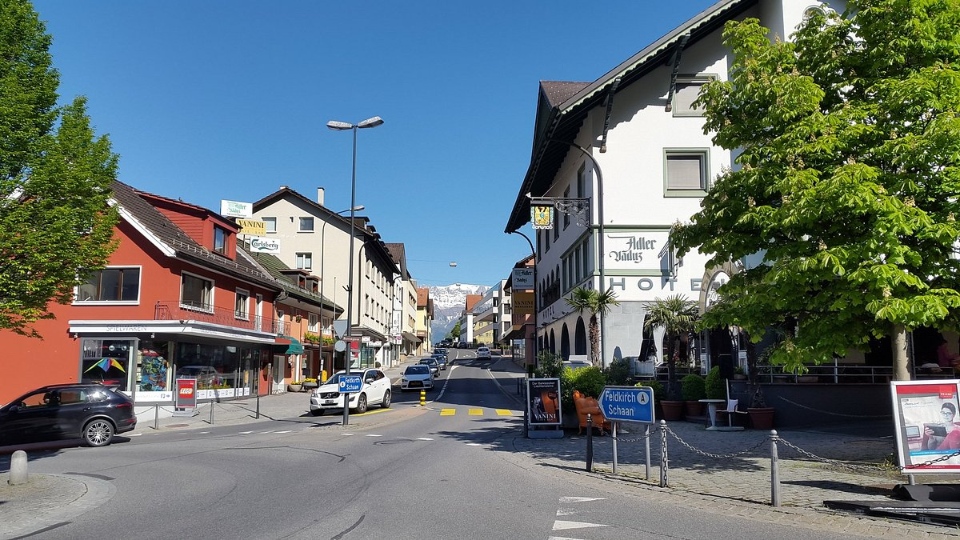
From the city, visitors can easily visit the main attractions in Liechtenstein. The most famous are the historic Rathaus Town Hall, Parliament House by the bank of the Rhine, St. Florin church or Vaduz Castle. In addition, there are museum areas for you to learn about local history and culture.
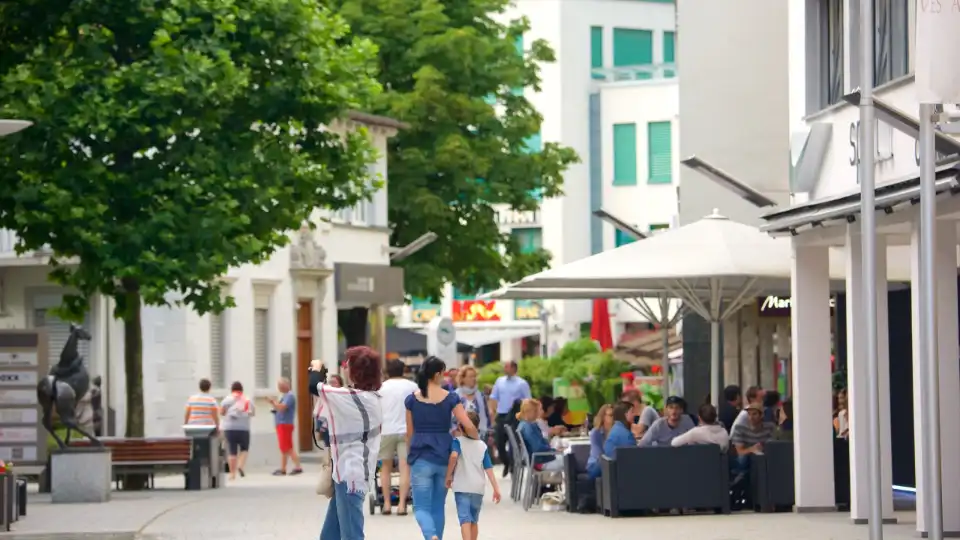
Contrary to what most of the European capitals we are familiar with with their towering skyscrapers and modern buildings, you will see old buildings and houses lining the streets with mountains as its backdrop. While touring around, you’ll even get to see Vaduz castle, known as the official residence of the Prince, perched on top of a hill.
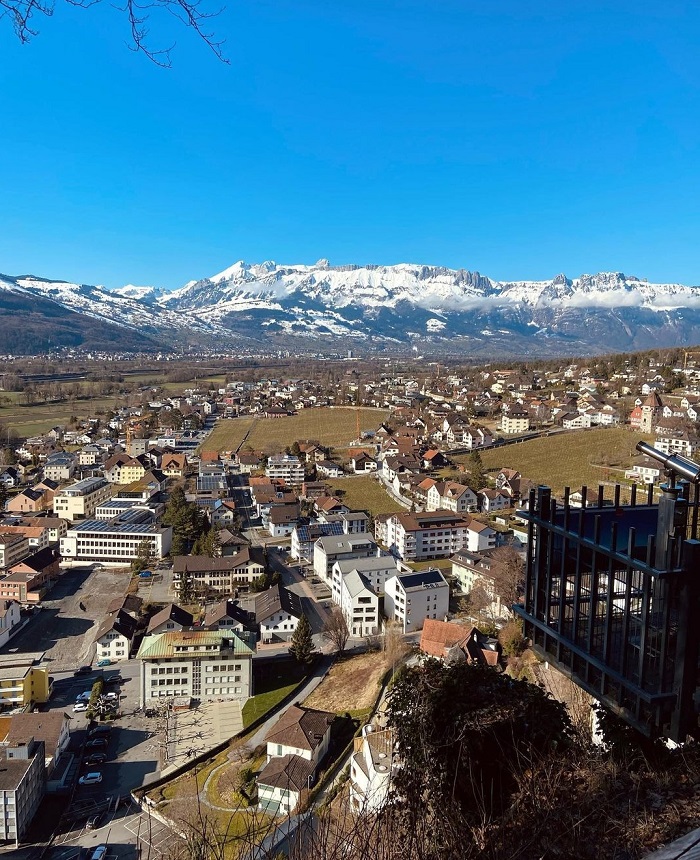
Vaduz Castle
Address: Bergstrasse 2, 9490 Vaduz, Liechtenstein
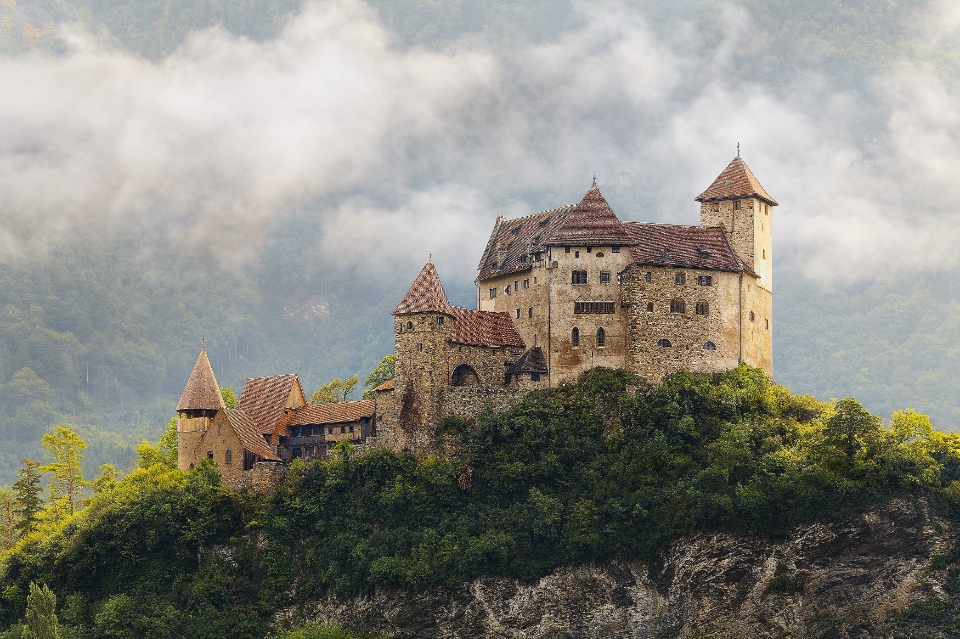
Unique architectural works are an interesting highlight on your Liechtenstein travel itinerary. The castles, fortresses and churches in Liechtenstein boast centuries of history, like stepping out of the pages of a medieval book. Perched on suburban hillsides and gentle slopes is Vaduz Castle – the official residence of the reigning Prince of the principality.
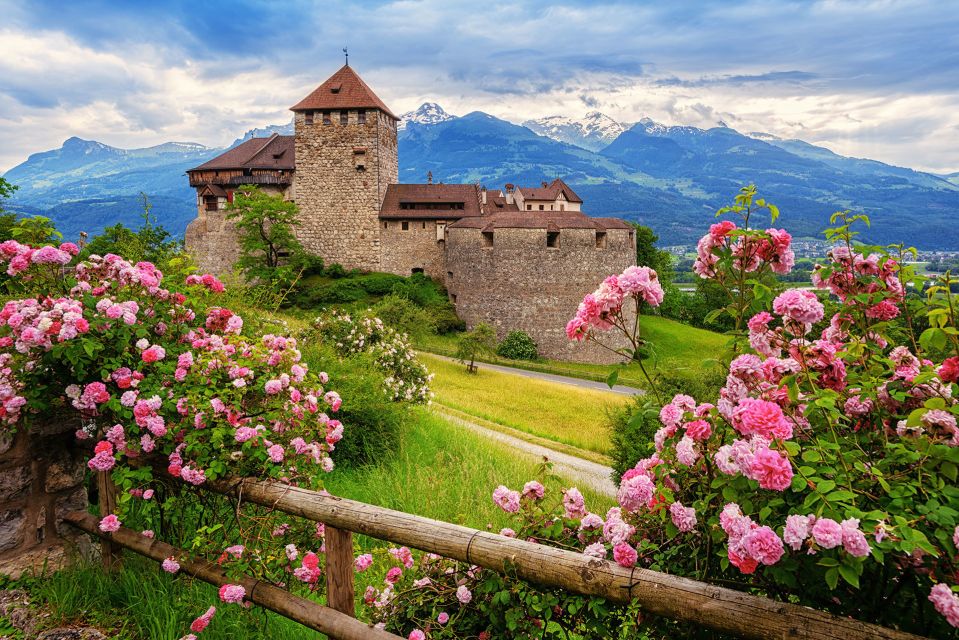
The castle, famous for its impressive architecture and natural landscape, was an impregnable stronghold during World War II. Today, it is the seat of the ruling dynasty in Liechtenstein. From the lawn of the castle grounds, visitors can see the majestic undulating mountains of the majestic Alps. The poetic, peaceful scenery here makes visitors want to admire forever.
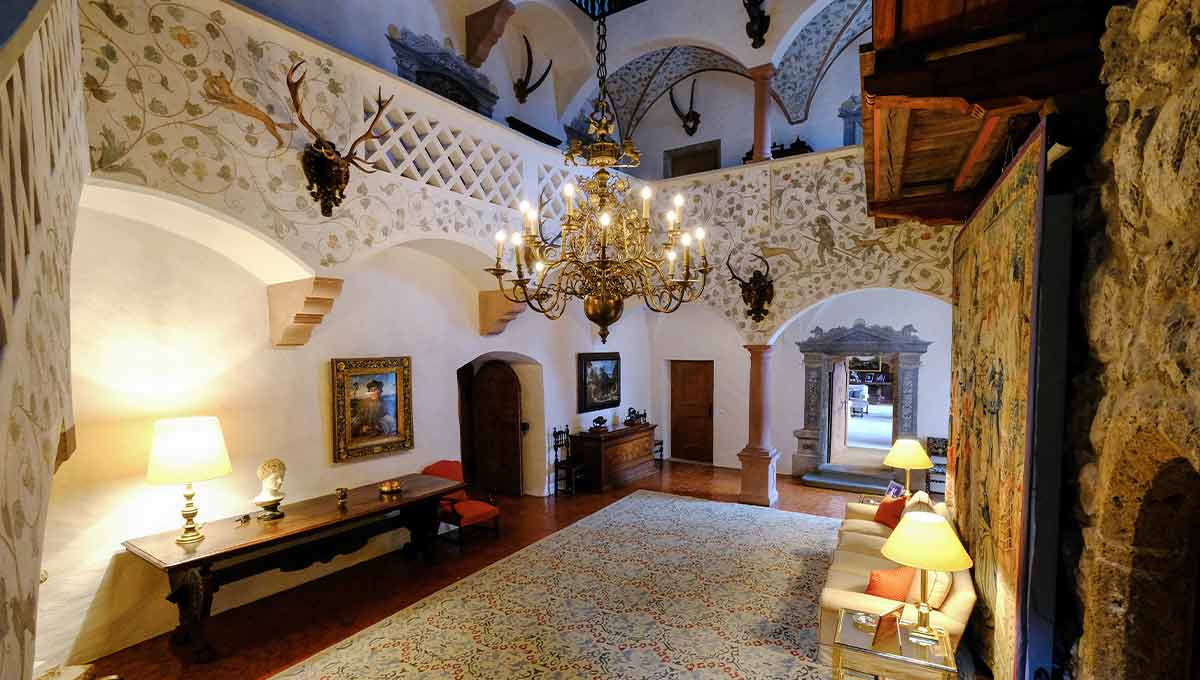
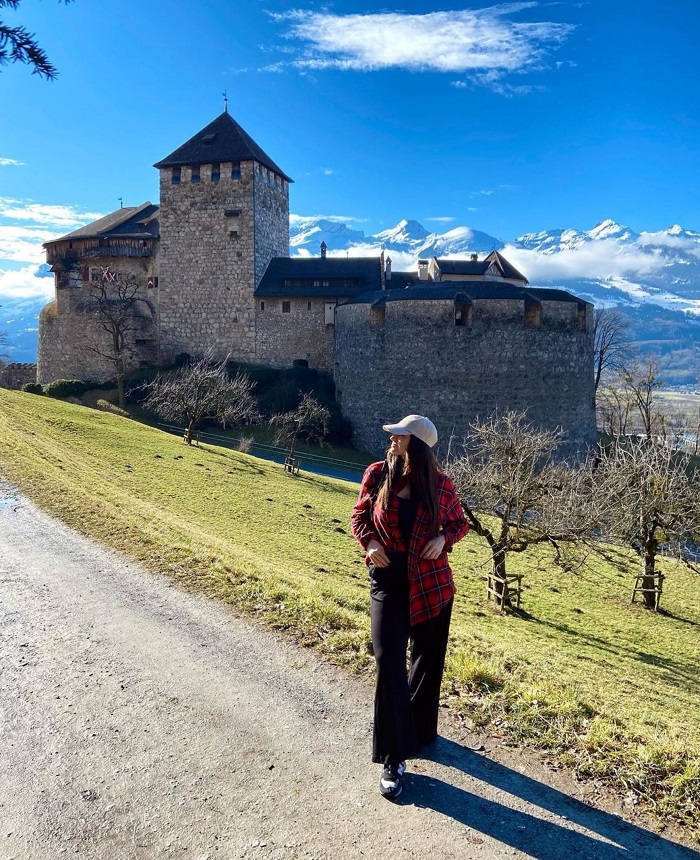
Gutenberg Castle
Address: Burgweg 5, 9496 Balzers, Liechtenstein
Gutenberg Castle is an iconic structure of Liechtenstein. This is a castle built in the Middle Ages, located on a mountain 70 meters high in the south, just a few kilometers from the Swiss border. The scale and grandeur of the castle is reflected in the terrace and the surrounding vineyards. Although much damaged by the ravages of time, Gutenberg is still an attractive spot in Liechtenstein tours.
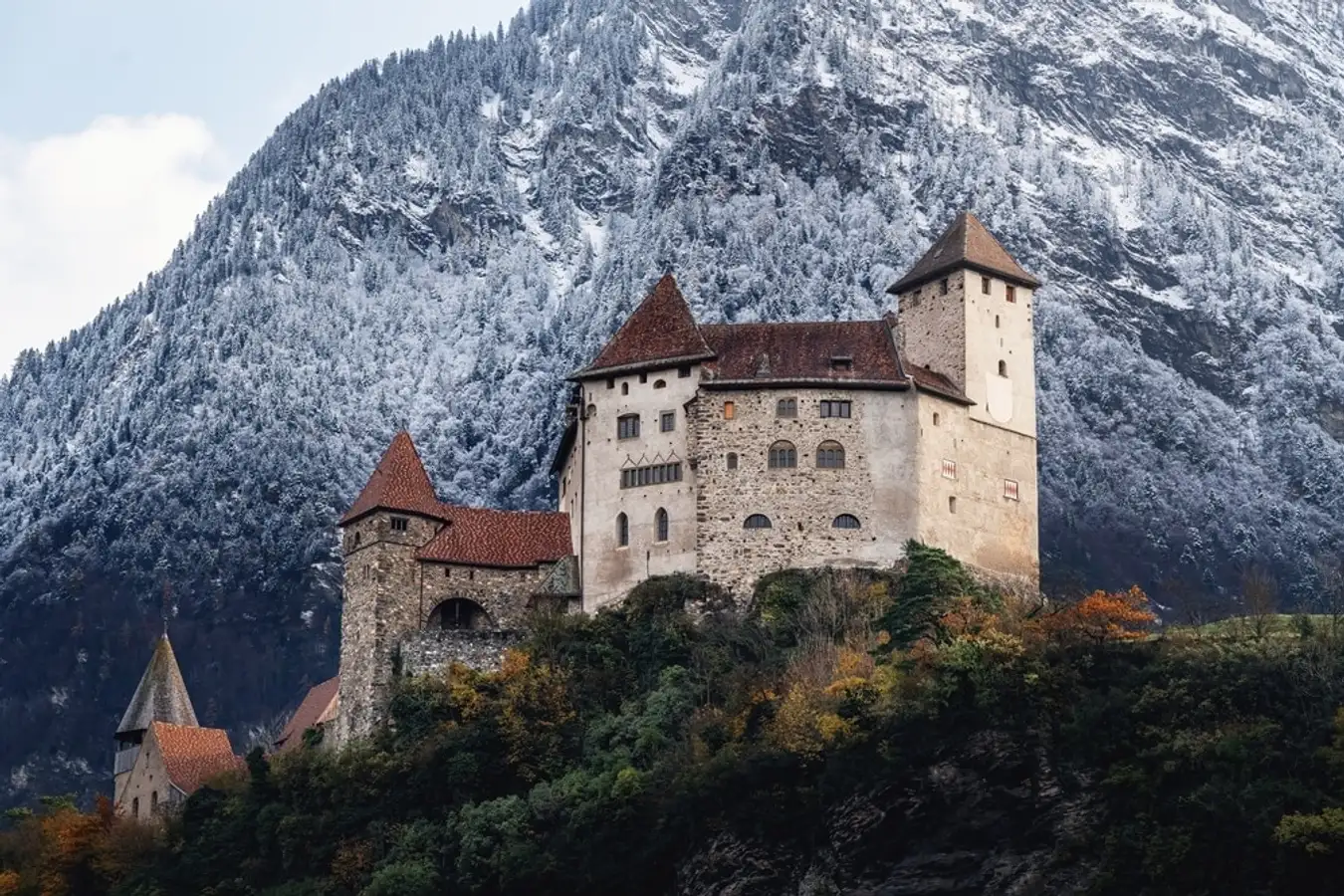
The current appearance of Gutenberg Castle is the work of Vaduz’s most talented sculptor – Egon Rheinberger. In the early 20th century, he restored the ruined castle and it became the property of the Liechtenstein princes. The castle grounds have a beautiful rose garden and a Gothic chapel. To the east are the ruins of the Church of Saint Nicholas.
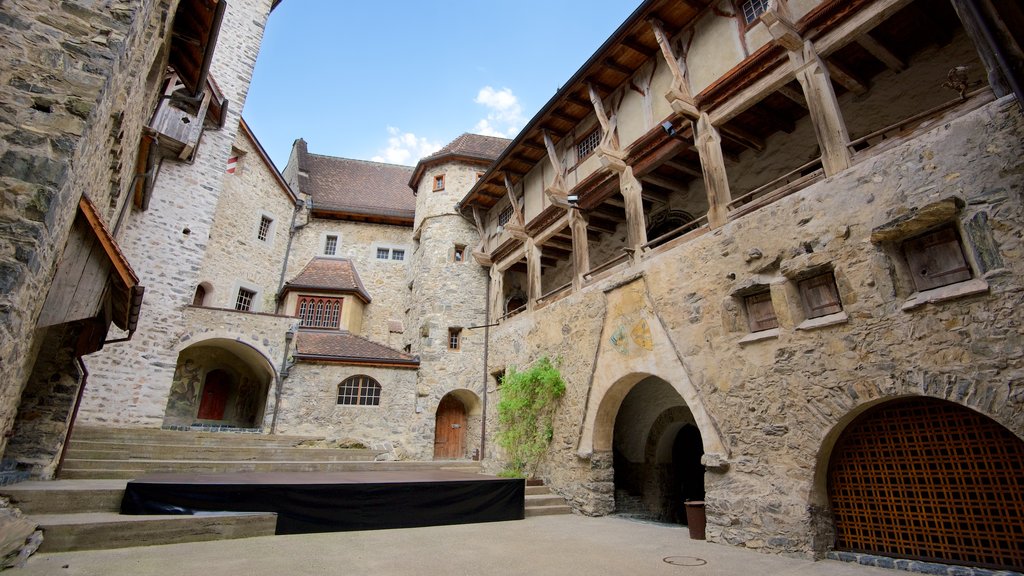
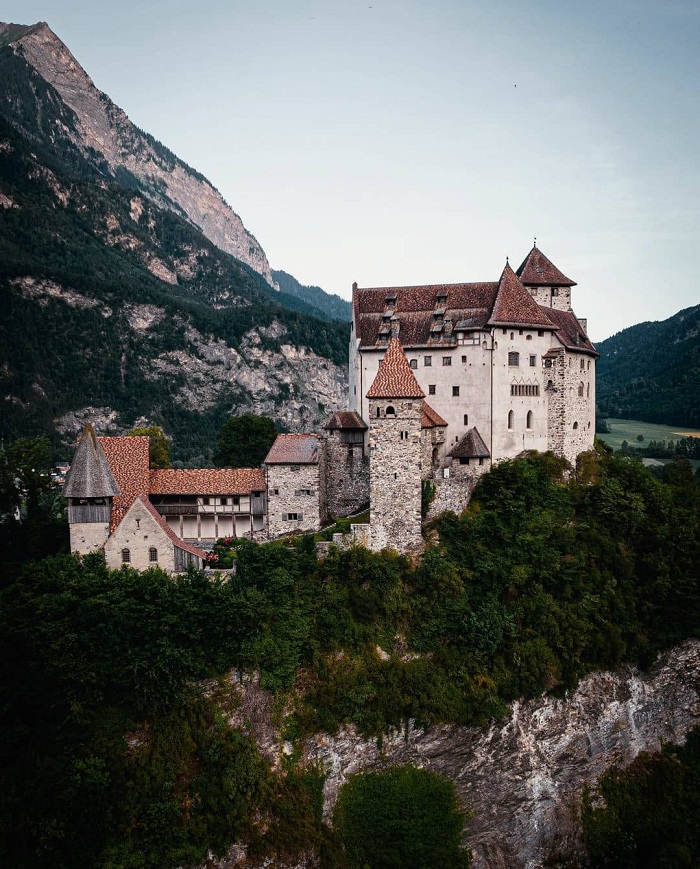
St. Florin Cathedral
Address: Dompfarramt, St. Florinsgasse 17, 9490 Vaduz, Liechtenstein
Hours: 7:30AM–8PM
Church of St. Florin or Vaduz Cathedral is a neo-Gothic building with a striking gray paint on the snowy Alps. The simplicity and asceticism in the interior design is the most impressive point of this church. This design is said to conform to Protestant norms.
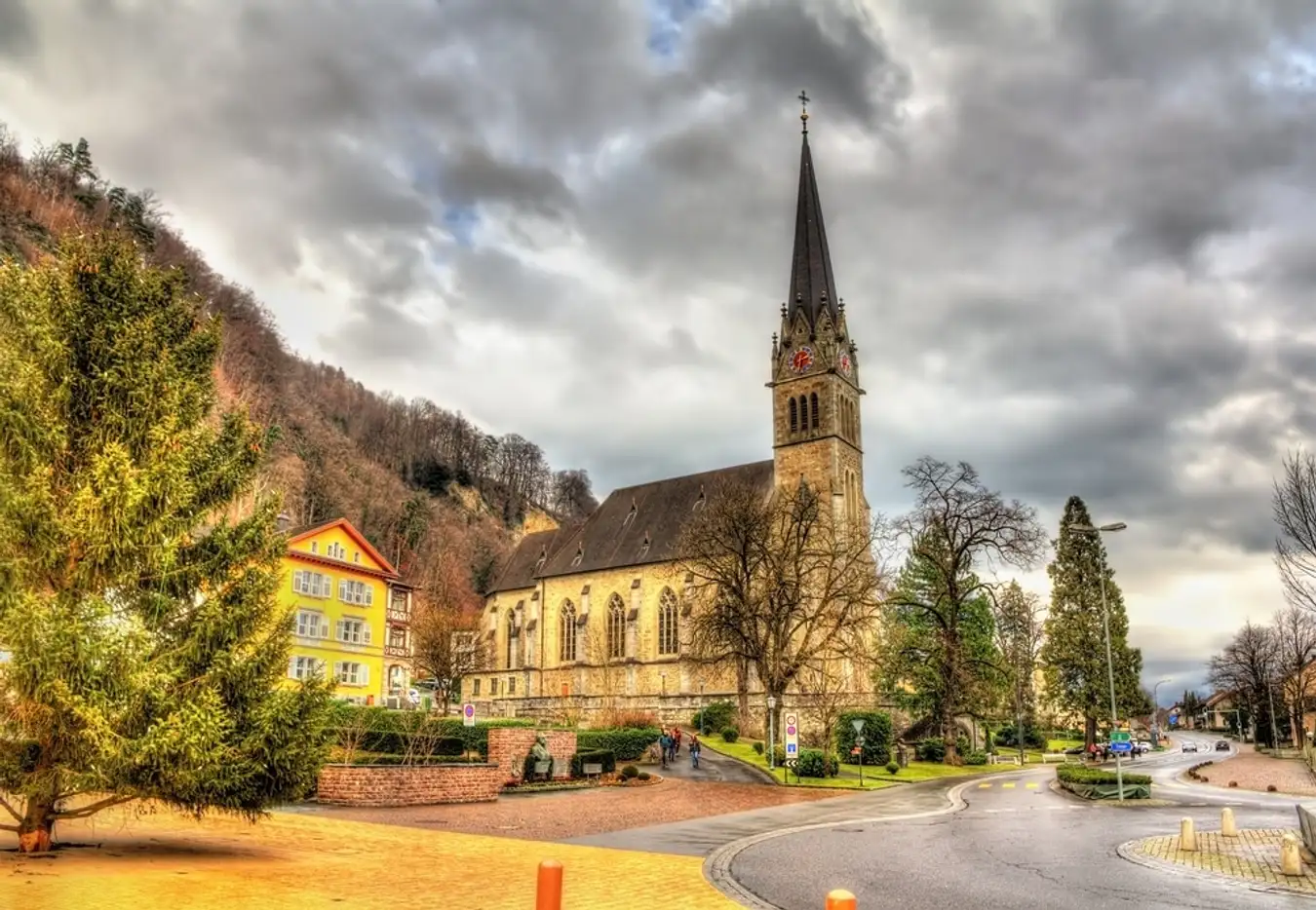
To get to the central entrance of the church, visitors have to go through 2 stairs with elegantly textured wrought iron railings. In the alcove in front of the church is a statue of the Virgin Mary to mourn the death of the Savior and the Virgin Mary with her baby. With elegant architecture and harmony with the surrounding landscape, this place is really a worth visit place in Liechtenstein.
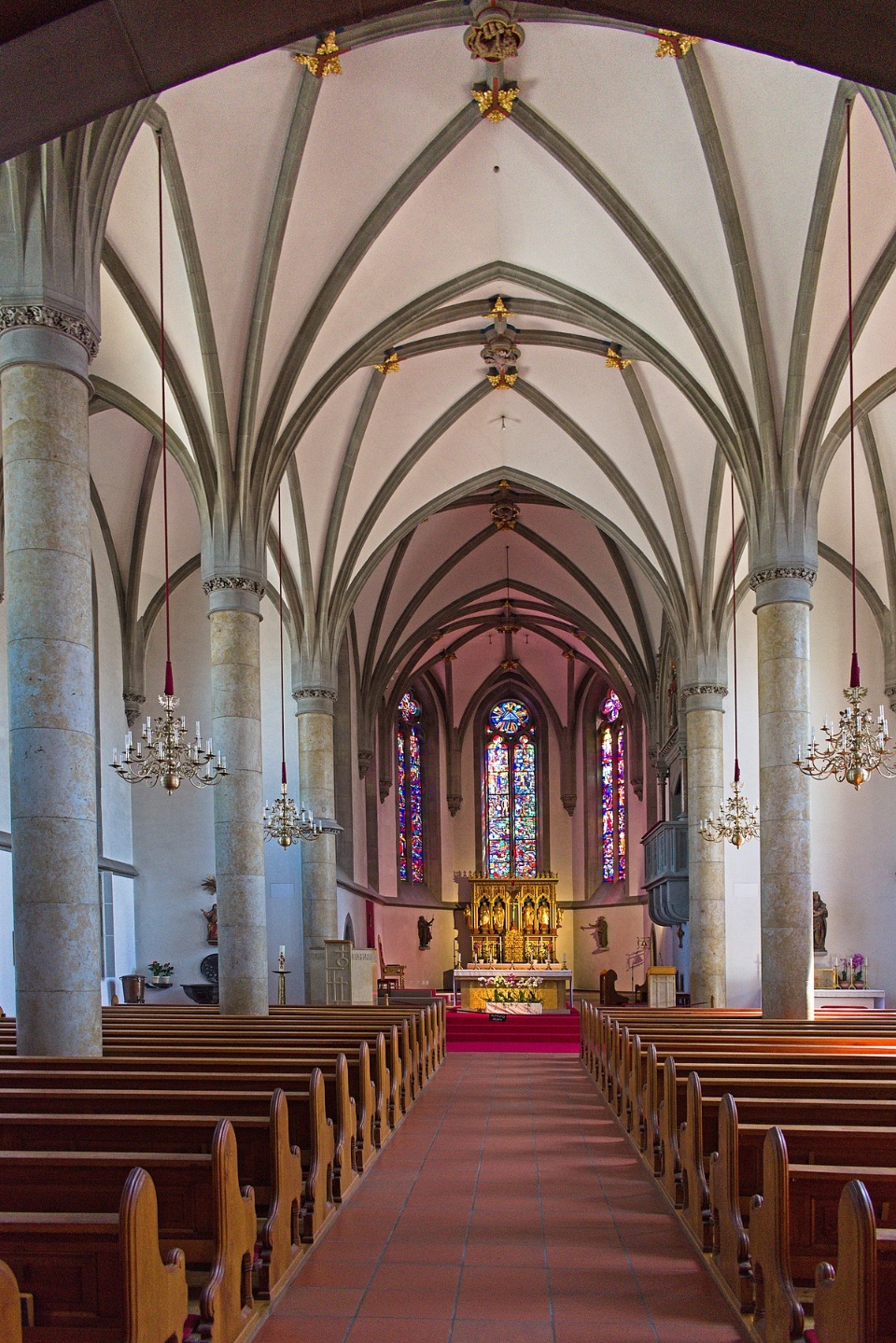
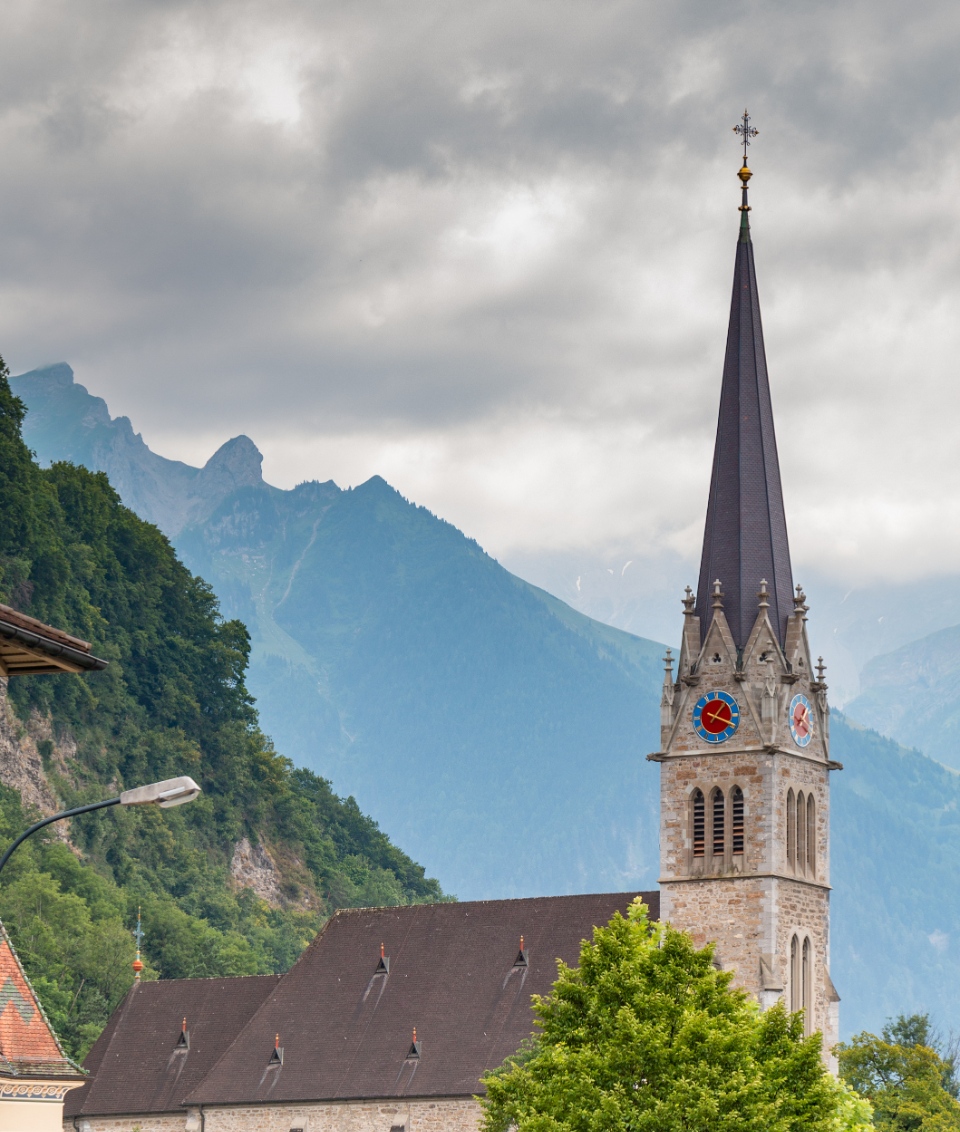
Mount Three Sisters
The Three Sisters are 3 picturesque mountains located in the Alps. At the foot of the mountain is the capital of Liechtenstein – the capital of Vaduz. The highest peak has an altitude of up to 2,053 m above sea level, which is an ideal place for climbing, trekking and hiking activities. On the top of one of the three mountains is decorated with a medieval castle dating from the 9th century.
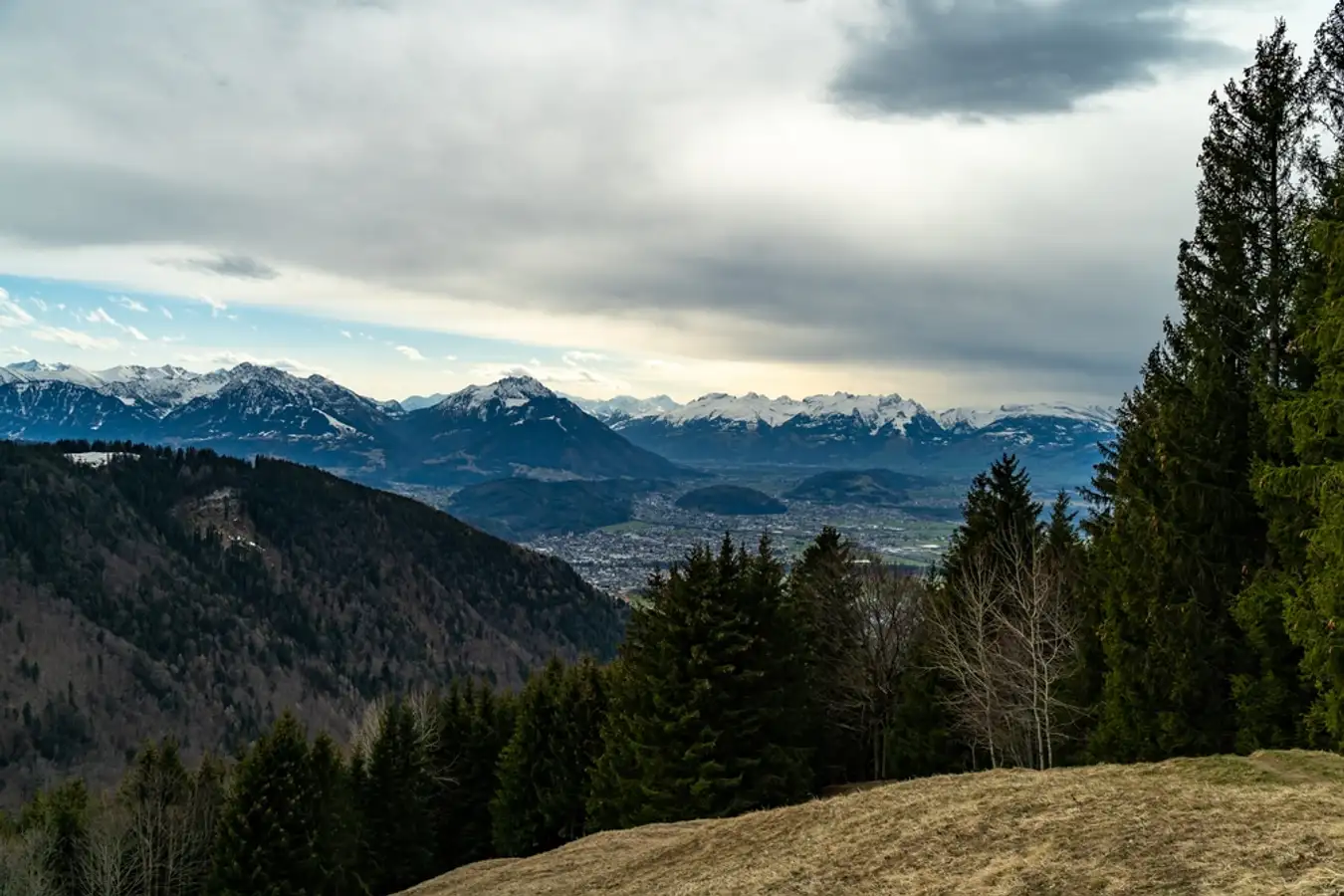
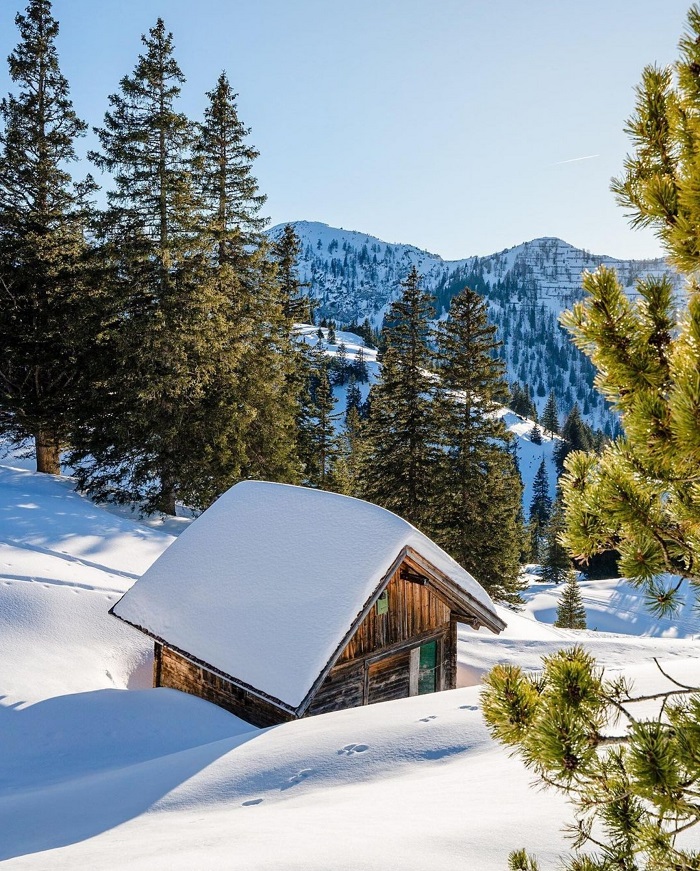
Experience skiing when traveling to Liechtenstein in winter
With a geographical feature with many hills, mountain ranges, Liechtenstein is very suitable for skiing in the winter. The ski areas here attract quite a lot of tourists, especially Malbun area located in Sareiser Joch region, in the Rätikon Alps mountain range has been open for visitors to visit and experience since the 1930s.
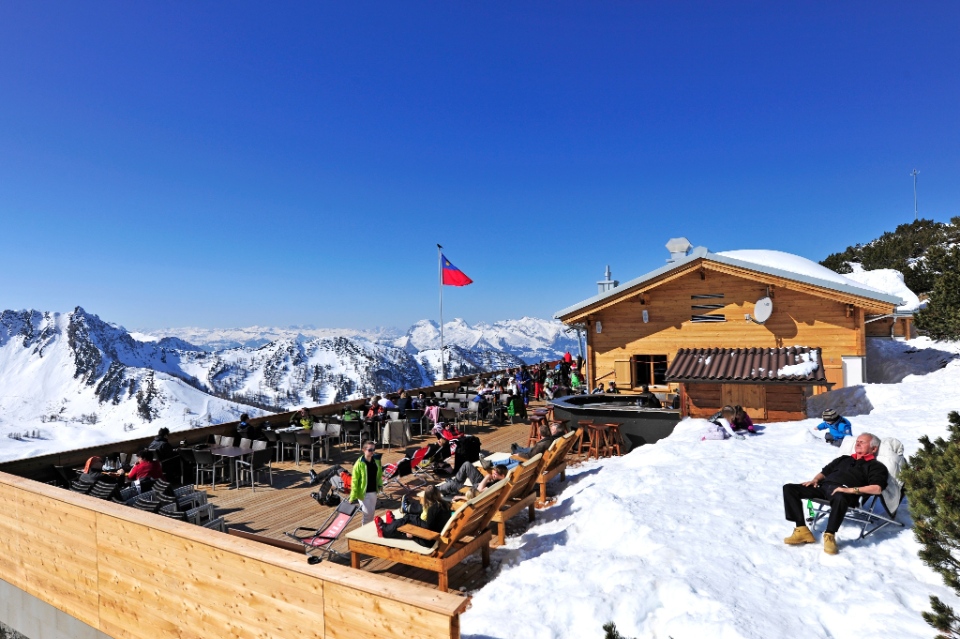
With a small scale of only 400m long and about 3km long, this place is suitable whether you are a beginner to skiing, or even someone with advanced skiing ability.
Malbun ski resort used to host Princess Diana to learn skiing in 1980 before getting married.
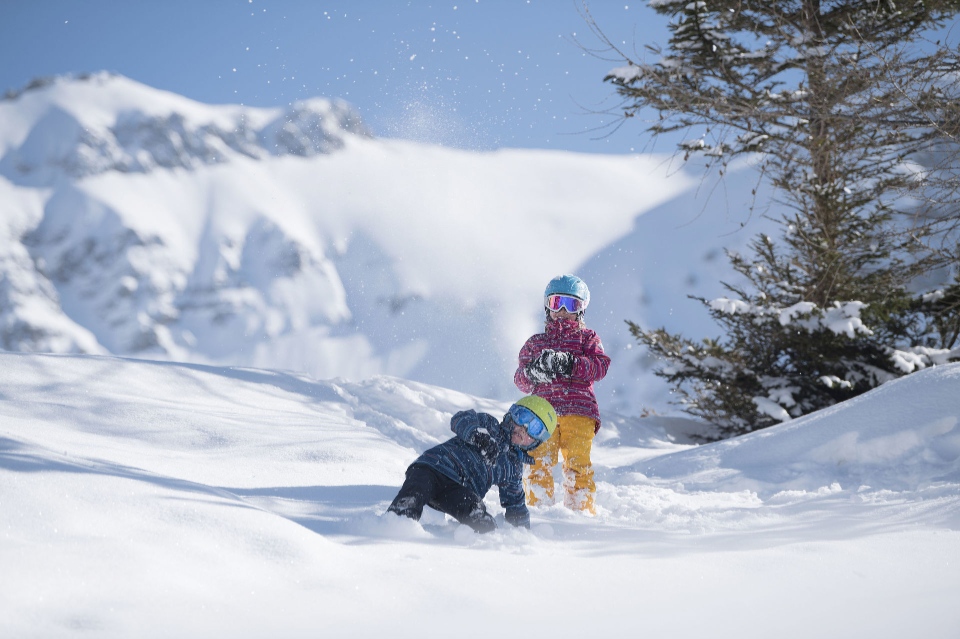
What to eat in Liechtenstein? (#how to visit liechtenstein)
Liechtenstein’s cuisine is influenced by neighboring countries, especially Switzerland and Austria. The principality is famous for its delicious dairy, cheese and soup dishes. Therefore, enjoying local cuisine is also an interesting highlight in a Liechtenstein trip.
Muesli: One of their most notable dishes is called Muesli. This is a breakfast dish made with uncooked rolled oats served in water or juice with a variety of fruits and nuts.
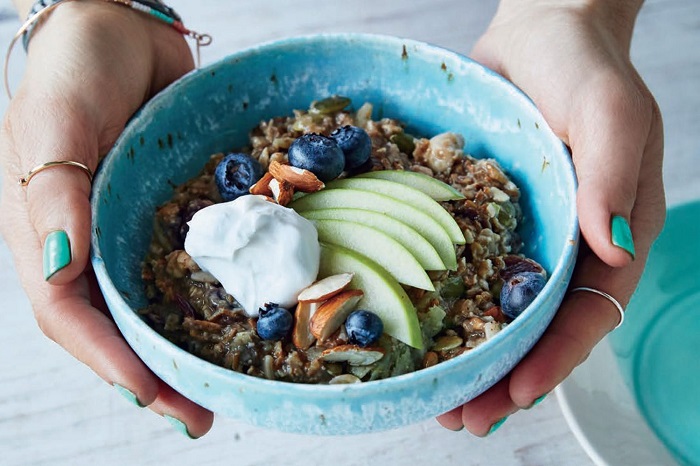
Rosti: Rosti is also popular in Liechtenstein. It is a type of raw mashed potato that is fried. There are several variations to this dish depending on what region it is made from.
Hafalaab: Hafalaab is a soup with bacon, ham and dumplings, a traditional Liechtenstein dish. Dumplings are made from corn flour and wheat, giving a strange, unforgettable taste.
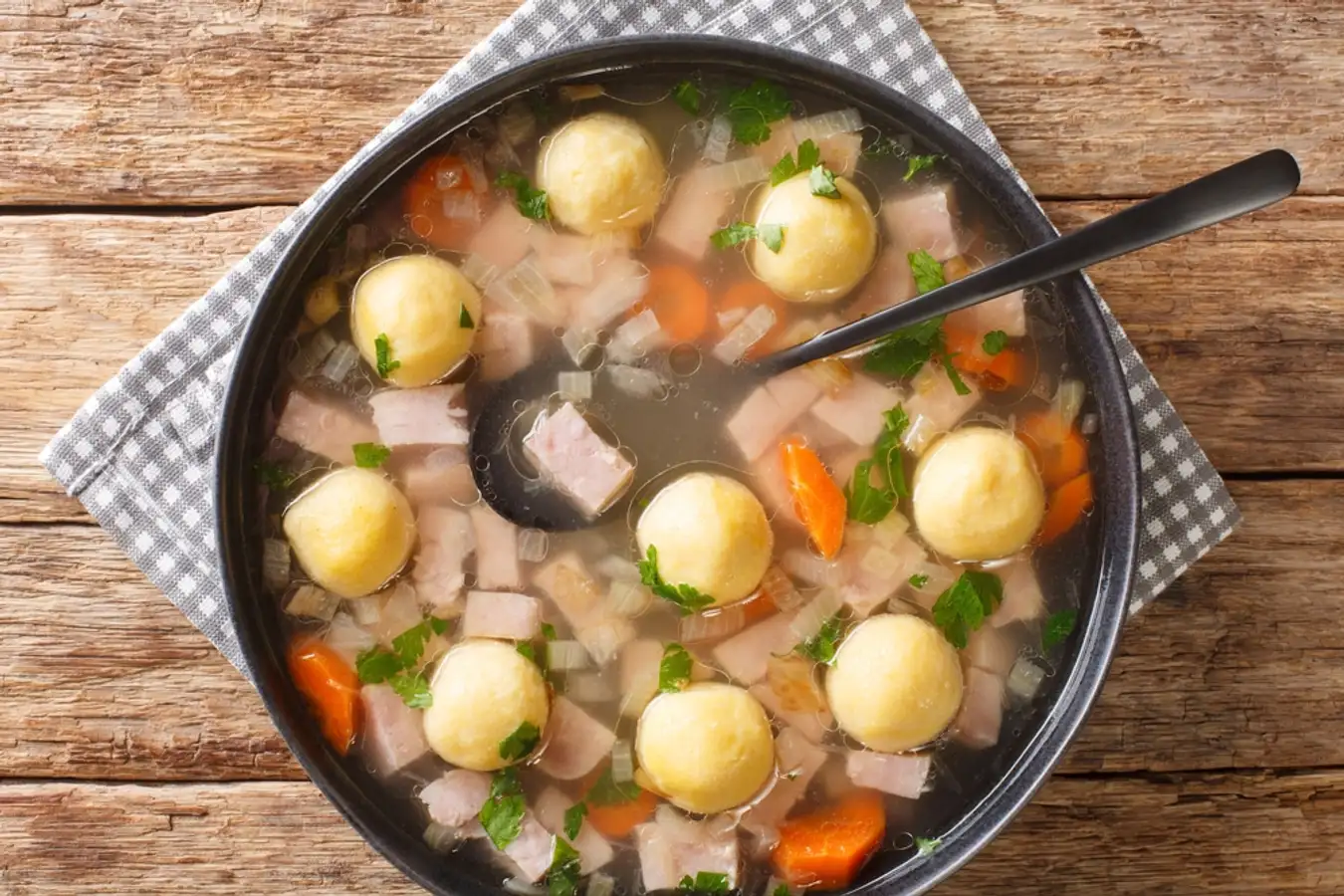
Saukerkas: A local cheese produced in Liechtenstein.
Schnitzel: Schnitzel is a battered boneless cutlet, sought after by tourists when visiting Liechtenstein. The dish is made from thin slices of meat, breaded, deep-fried and sautéed with onions. With this unique preparation, Schnitzel is a delicacy that you must try.
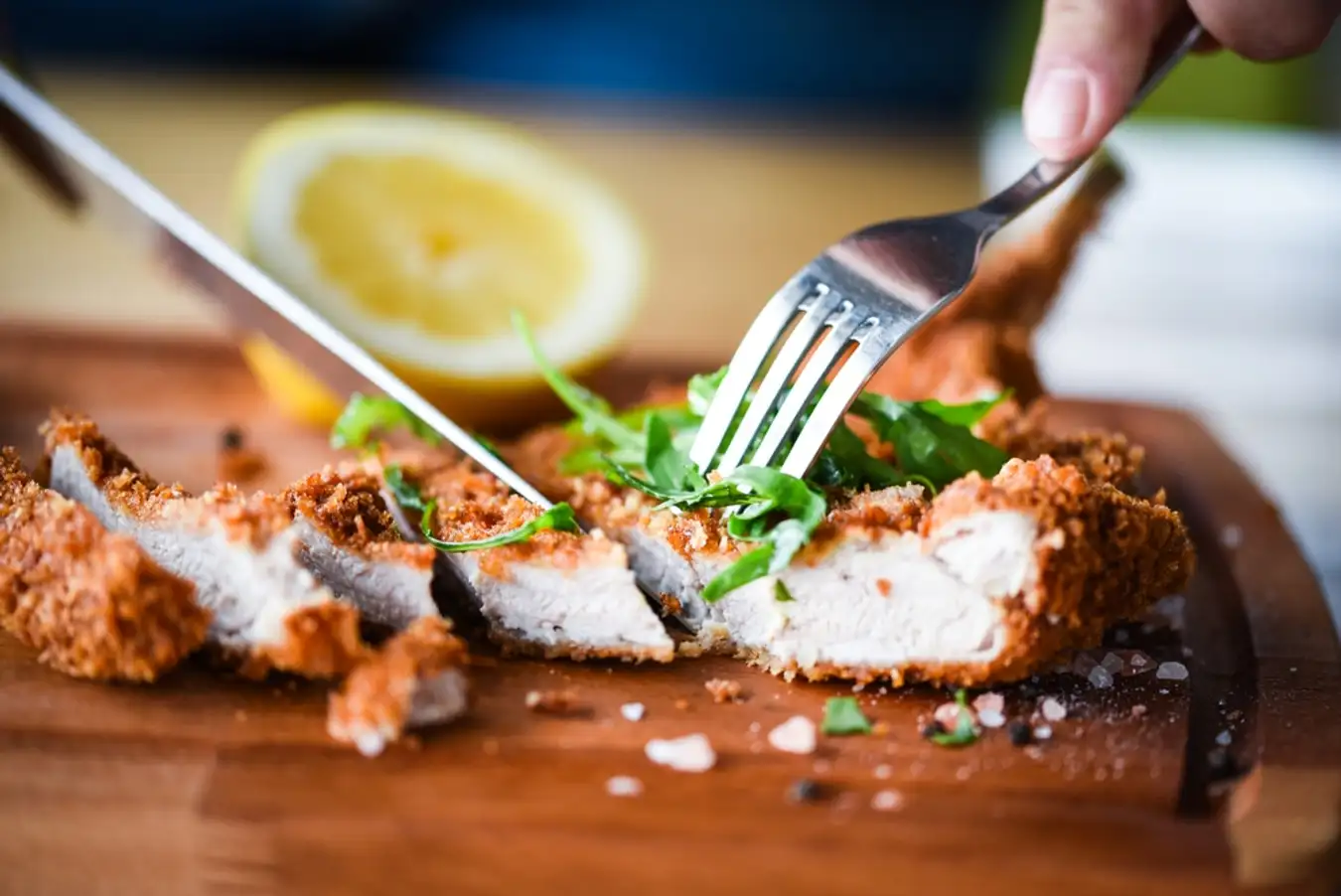
Geschnetzeltes: Geschnetzeltes is a dish originating from Switzerland but very familiar to the Liechtenstein people. The ingredients for this dish are veal and champignon mushrooms, they are dipped in cream and served with potatoes. Geschnetzeltes are extremely suitable for lunch because of their delicious taste and full of nutrients.
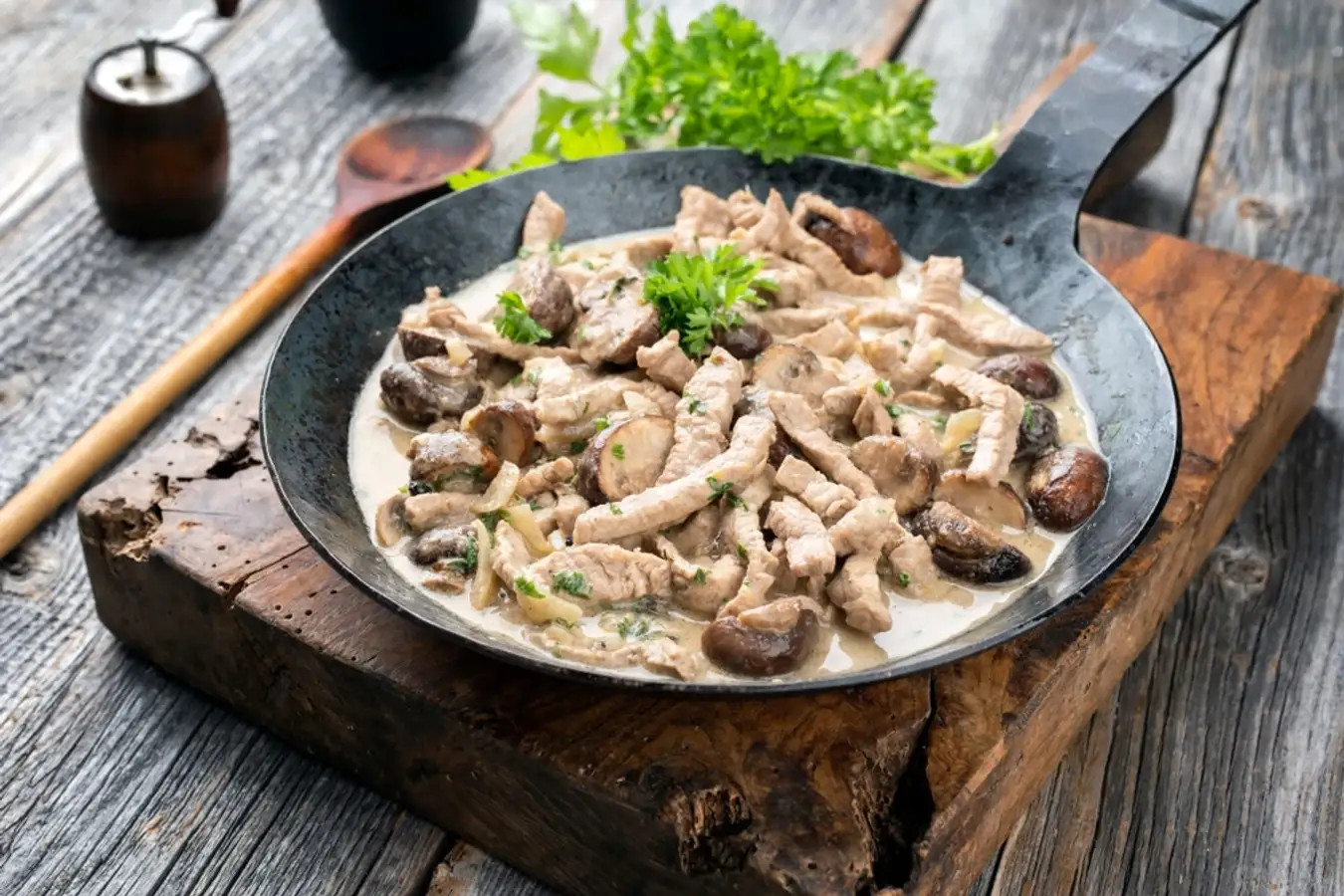
Torkarebl: A porridge similar to dumplings and another traditional Liechtenstein dish. It is made from a mixture of cornmeal, salt, milk and water. The mixture should have a consistency somewhere between the dumplings and the porridge and should not be too watery.
Wurst: Wurst is a great snack often served with sauerkraut. With its roots in German cuisine, this delicious and hot sausage is well worth a try in Liechtenstein. You can enjoy this in a sandwich or on its own and either way it’s delicious.
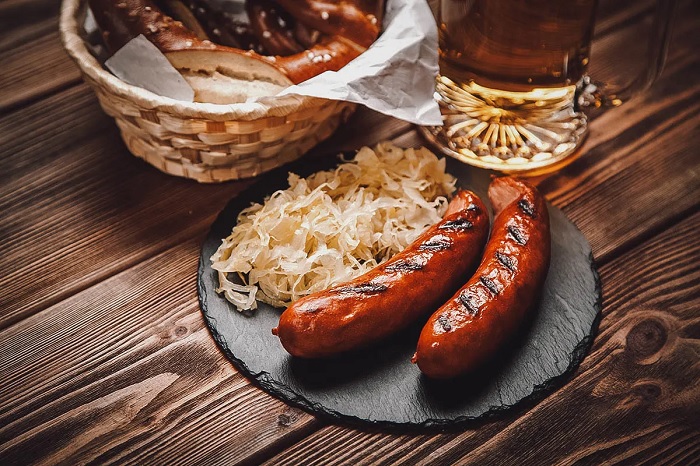
Kasknopfl: A small dumpling covered with cheese. Käsespätzle is usually enjoyed with fresh salad or potato salad but in Liechtenstein, käsknöpfle is often served with an apple.
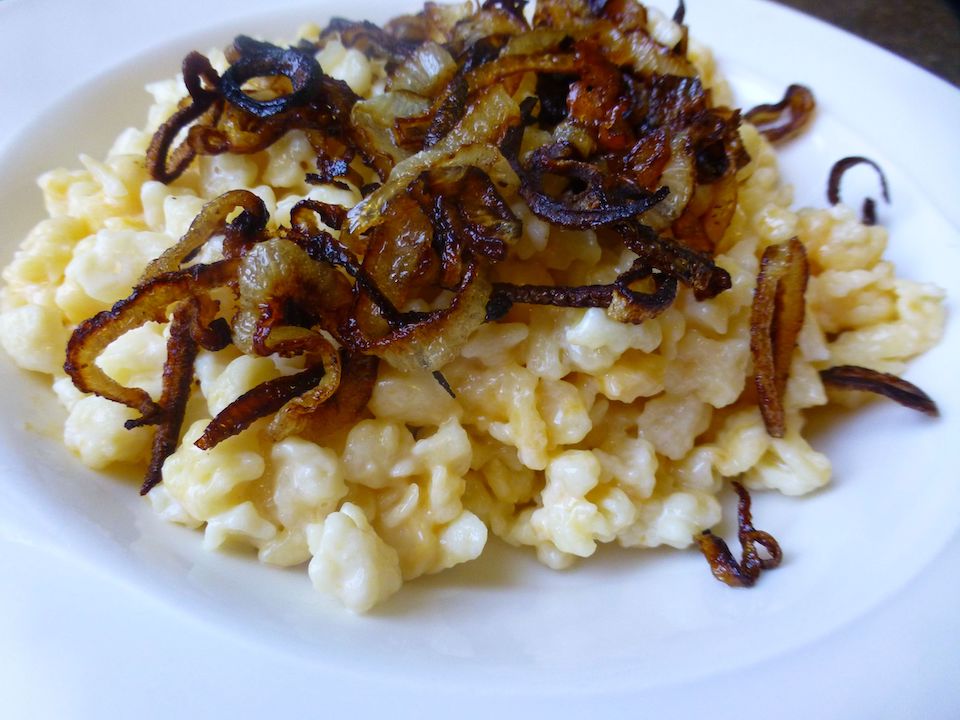
Drinks
Liechtenstein is a wine-producing country famous for its ideal climate. It exports a large number of red and white wines each year, the most popular being Chardonnay, Riesling x Sylvaner, Blauburgunder, Zweigelt and Blaufränkisch.
Visiting this small country, try the “Hofkellerei des regierenden Fürsten von Liechtenstein”, the wine cellar of the Prince of Liechtenstein, to enjoy a glass of excellent wine.
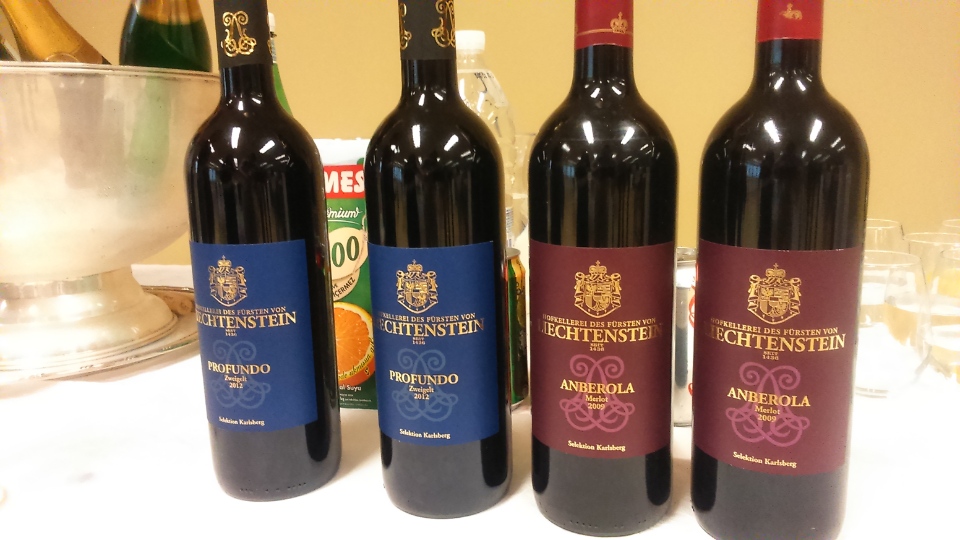
In addition, Liechtenstein has microbrewery Liechtensteiner Brauhaus that has succeeded in creating its own very unique beers, some of which have won international awards.
Laguna Spur Steak Ranch, Zwei Bar and Griffin South Pub are some of the popular bars and pubs in Liechtenstein. Most of the locals are beer lovers and you’ll find plenty of pubs and bars on weekends.
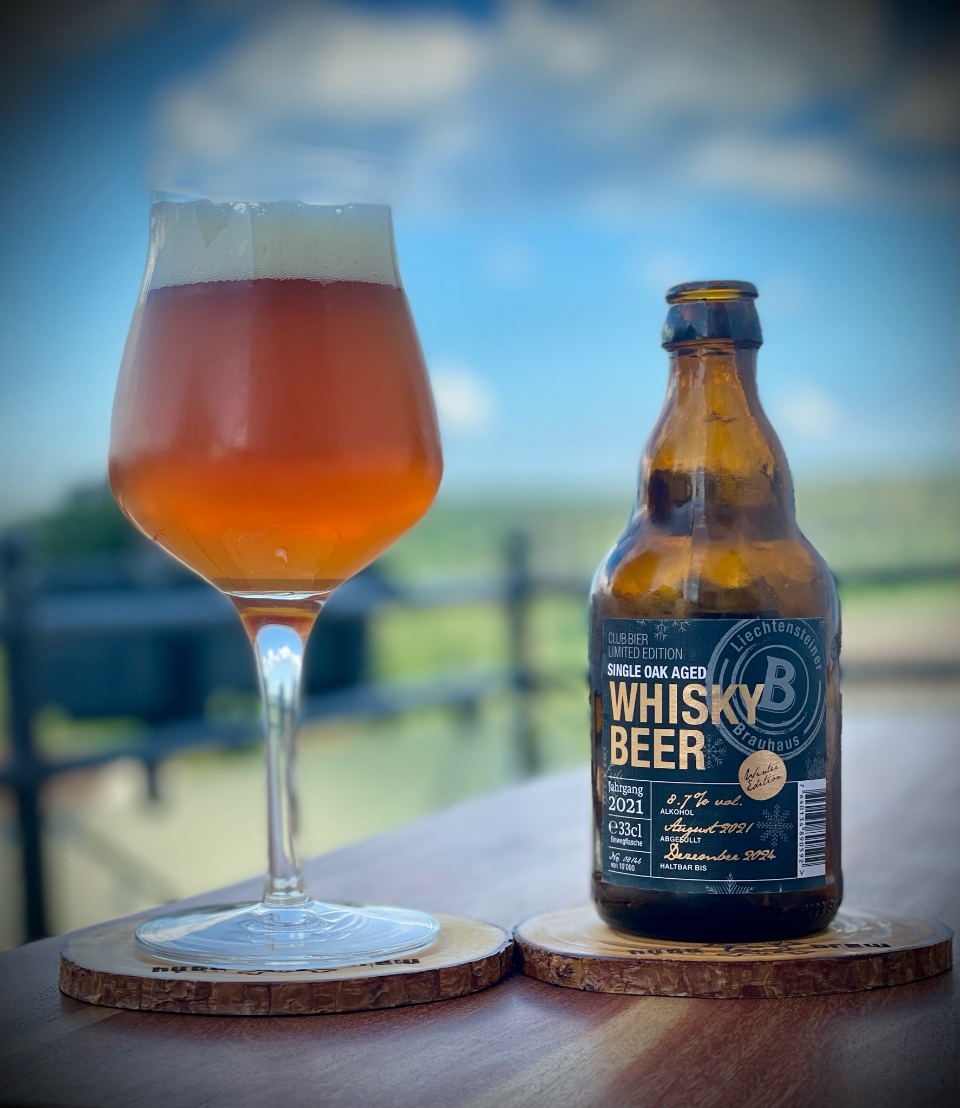
Tips and notes before you go (#how to visit liechtenstein)
The official currency of Liechtenstein is the Swiss franc. Visa and MasterCard are widely accepted cards in Liechtenstein. ATMs in Liechtenstein may charge a fee for each withdrawal, depending on where your card was issued and through which bank. In addition, ATMs are also easy to find in tourist attractions, pubs, nightclubs and shops, so you can use your card with confidence without carrying too much cash.
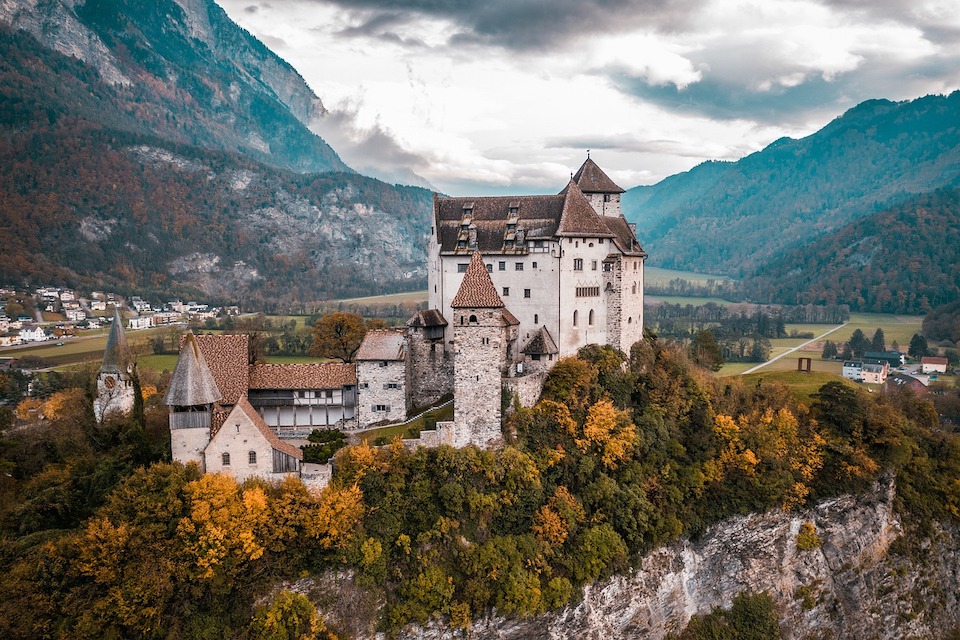
Internet speed in Liechtenstein is average and the service you pay is quite affordable. You need to buy a SIM card for your phone from the airport or one of the many retailers throughout Liechtenstein. All you need is a passport to get a sim card in this country. Swisscom and Salt are some of the Internet service providers in Liechtenstein, but you can also go to places with free Wi-Fi connection such as cafes, hotels, pizzerias, pubs, airports, homes. goods, etc.
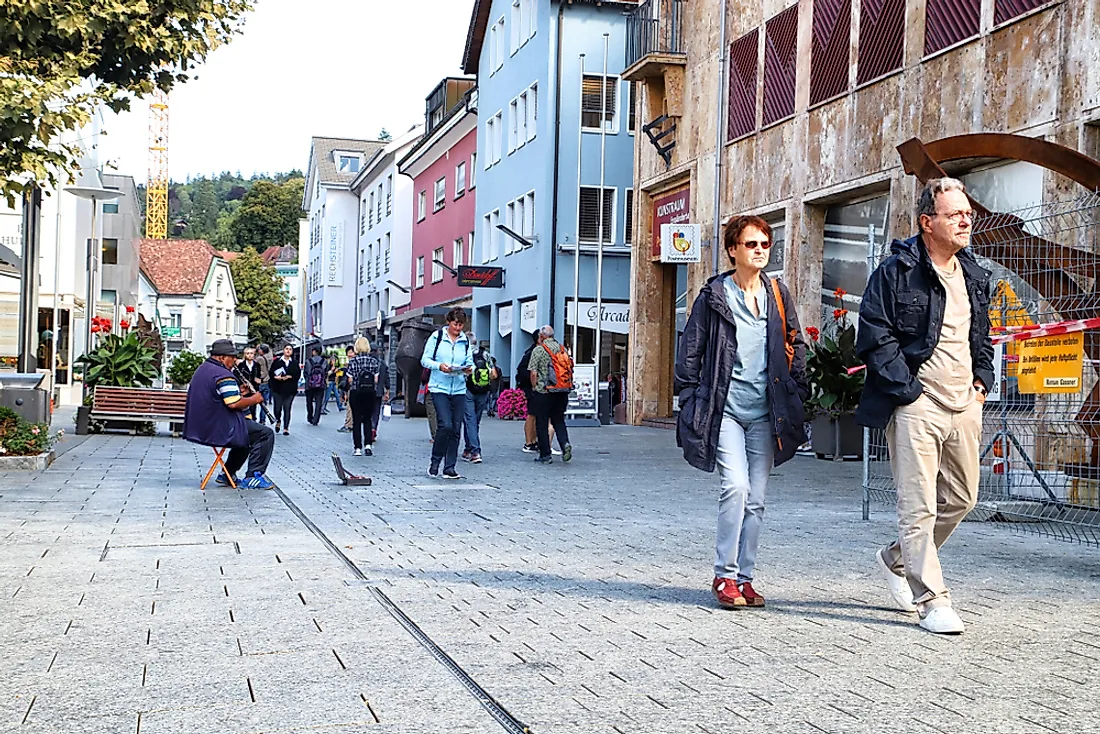
Is it safe to travel to Liechtenstein? Yes, traveling in Liechtenstein is quite safe. The crime rate in Liechtenstein is very low, almost the lowest in the world, with the last murder occurring around 1997. Liechtenstein’s prison holds so few prisoners that it has even become an ideal destination for travelers. Public transport is also very safe, the roads are well maintained so female travelers can be quite reassured. However, pickpocketing and theft still cause some concern no matter which country you visit, that’s because criminals tend to target tourists as they are an easy target. Therefore, you should avoid dark areas or walk alone at night, as well as be careful to protect your personal belongings.
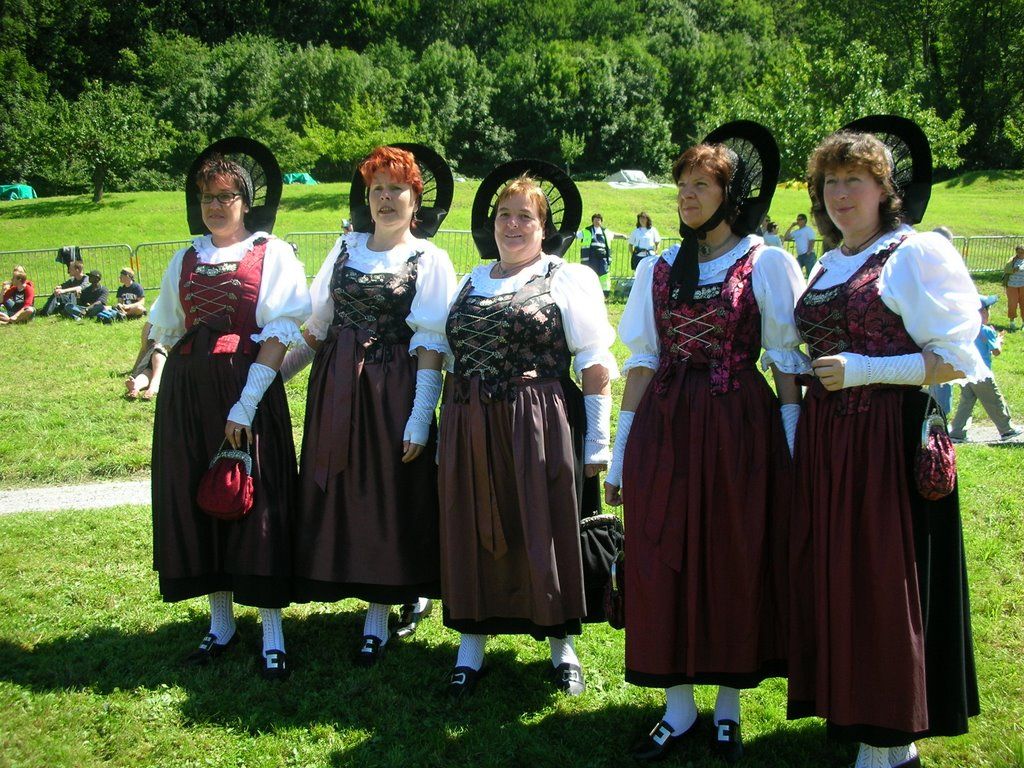
The beautiful land of Liechtenstein will be a new destination in the journey to discover Europe. Hopefully the information shared in the above article will be useful for your upcoming Liechtenstein trip.
Liechtenstein guide: Some best day tours, trips, activities and transfer services, tickets in, from and to Liechtenstein you can refer to
- Heidiland & Liechtenstein Day Tour from Zurich
- From Zurich: Bus Day Trip to Heidiland and Liechtenstein
- From Zurich: Private Trip to Liechtenstein and Heidiland
- From Zurich: Private 4 Countries in 1 Full-Day Tour
- UK/Europe: eSim Mobile Data Plan
- Switzerland – Wonderland | 9 Day Tour
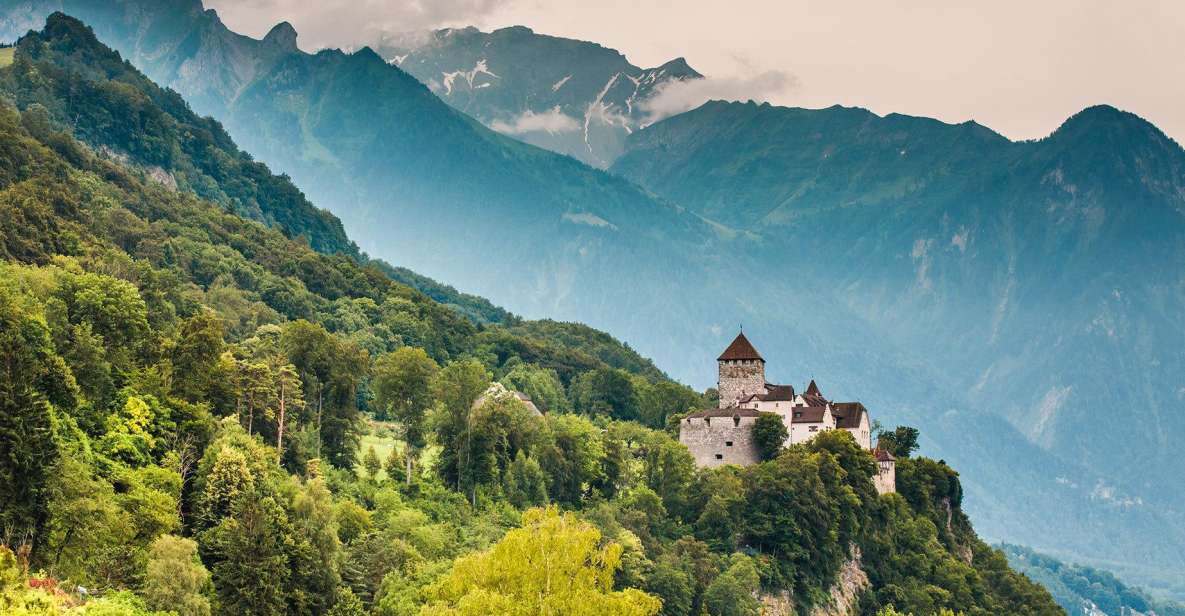
Read more Liechtenstein guide here.

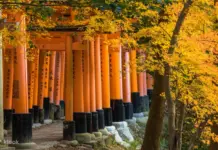






























![10 best airports in Asia in 2016 [RANKED] kuala-lumpur-international-airport-best airports in asia in 2016 by skytrax ratings](https://livingnomads.com/wp-content/uploads/2016/08/29/kuala-lumpur-international-airport-best-airports-in-asia-in-2016-by-skytrax-ratings-218x150.jpg)








